- Filter By:
-
-
Stock photos and images of username:dav76
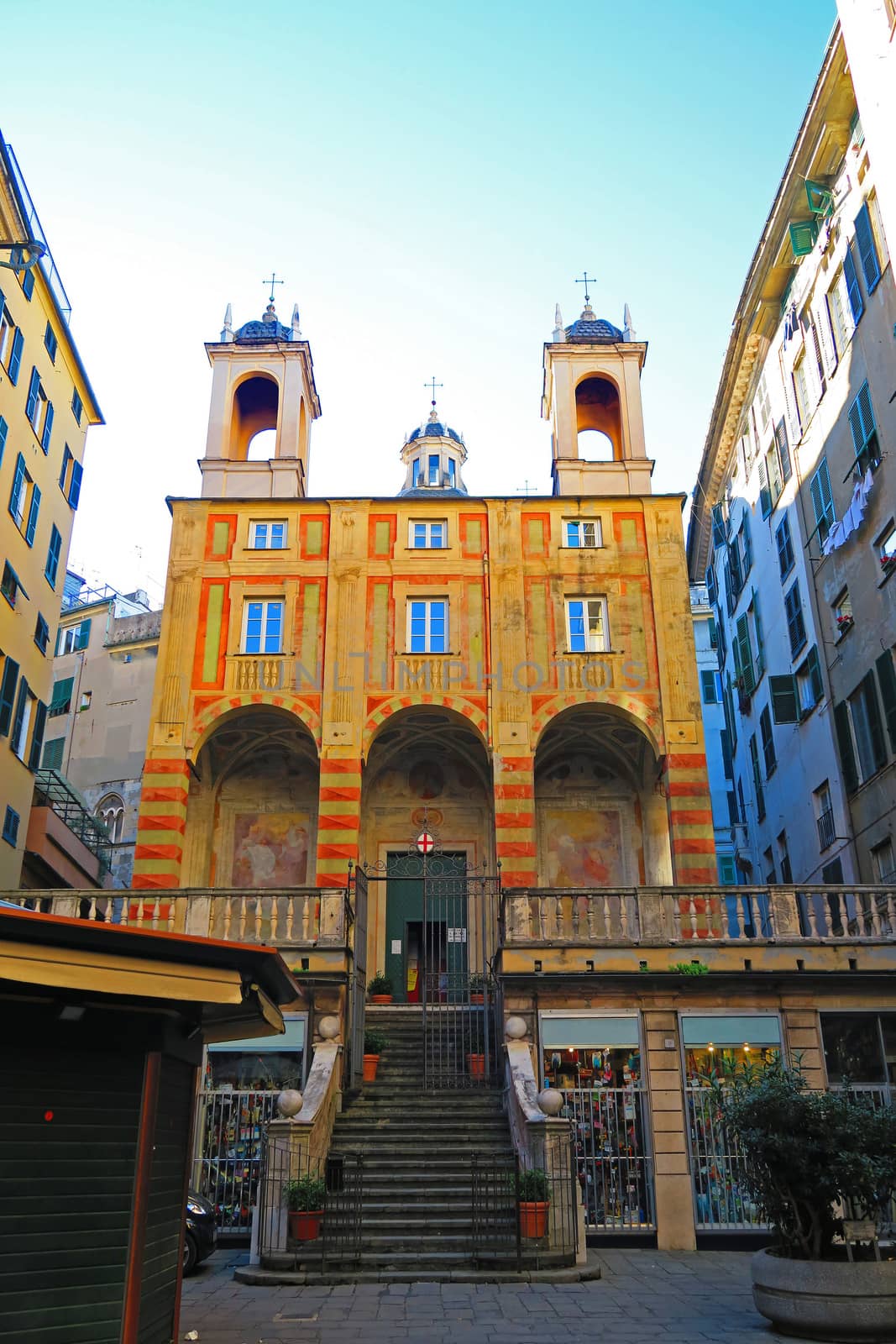
Church of San Pietro in Banchi,Genoa,Italy
Editorial LicenseUsername
dav76Resolution
3648x5472pxChurch of San Pietro in Banchi,Genoa,Italy

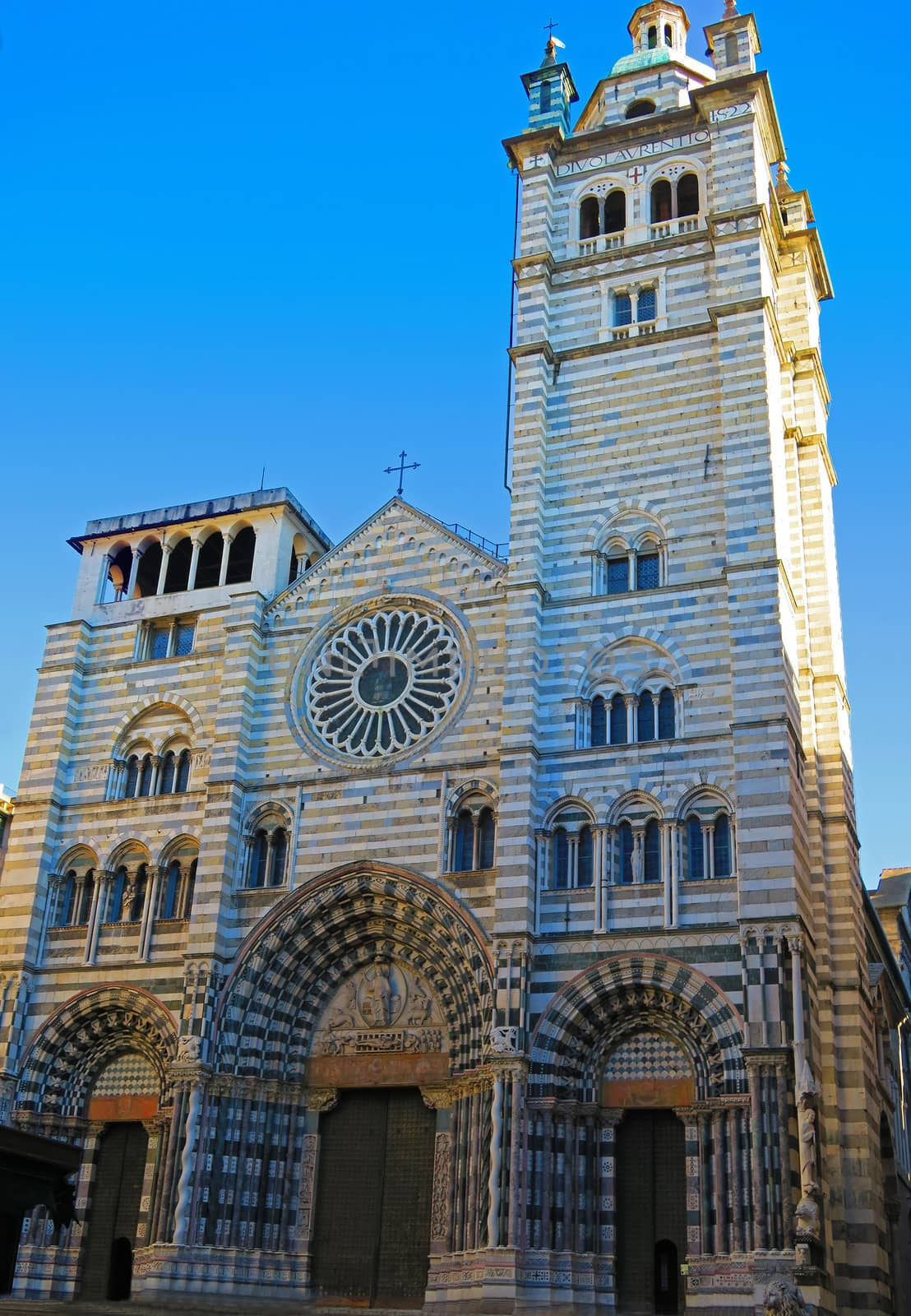
Cathedral of Saint Lawrence, Genoa, Italy
Editorial LicenseUsername
dav76Resolution
3598x5198pxCathedral of Saint Lawrence, Genoa, Italy

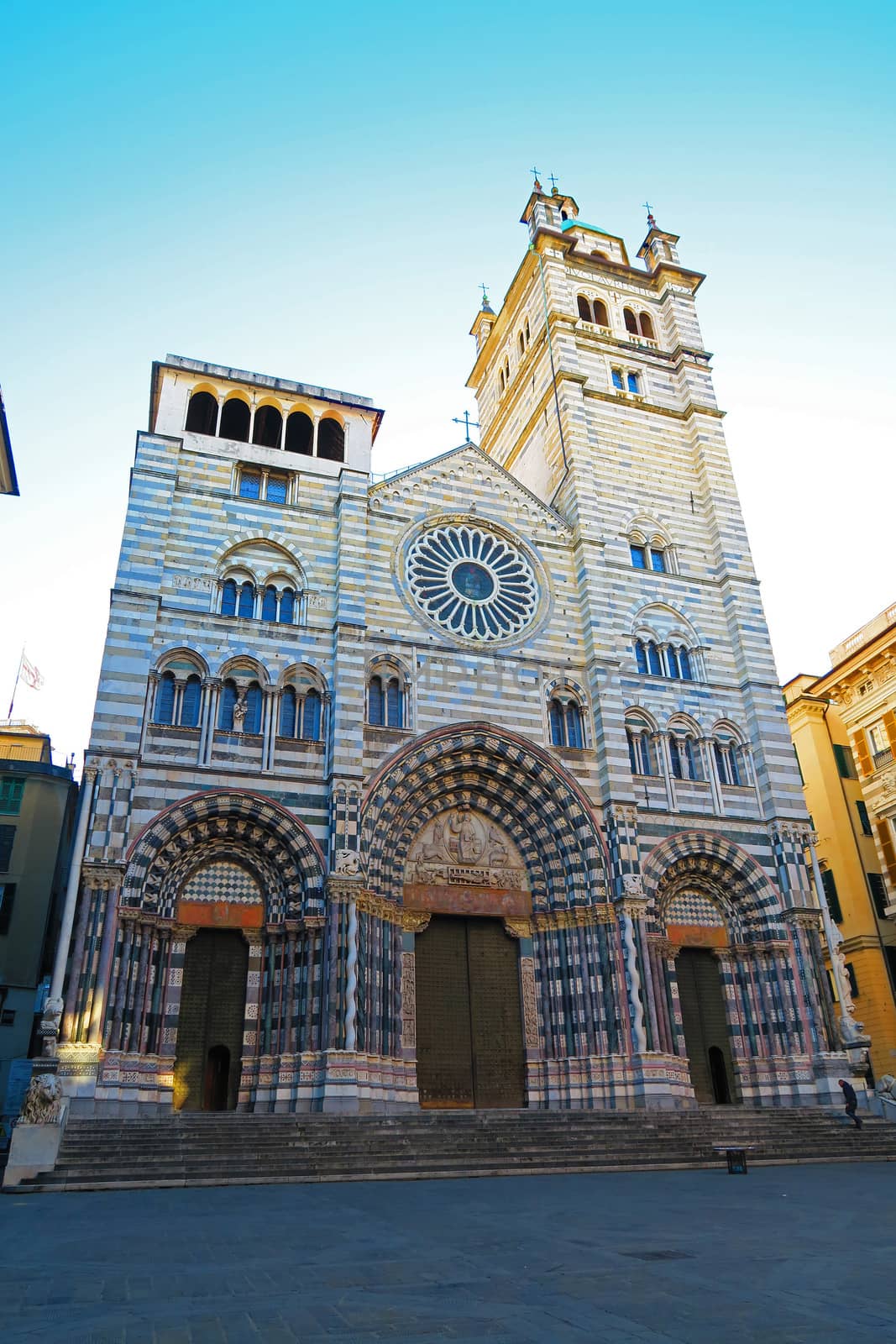
Genoa cathedral,Italy
Editorial LicenseUsername
dav76Resolution
3648x5472pxGenoa cathedral,Italy

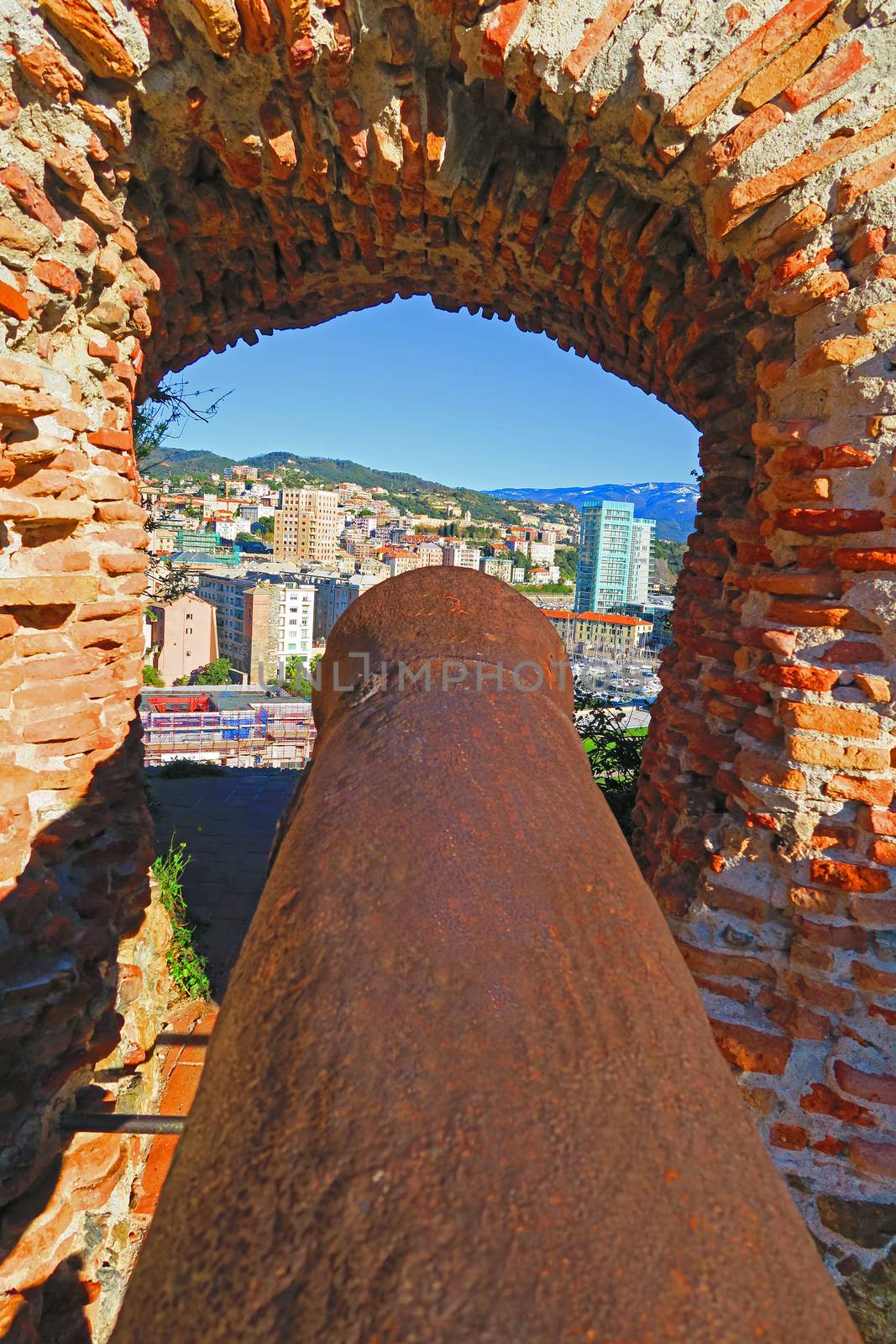
Closeup of a culverin
Stock PhotoUsername
dav76Resolution
3648x5472pxCloseup of a culverin

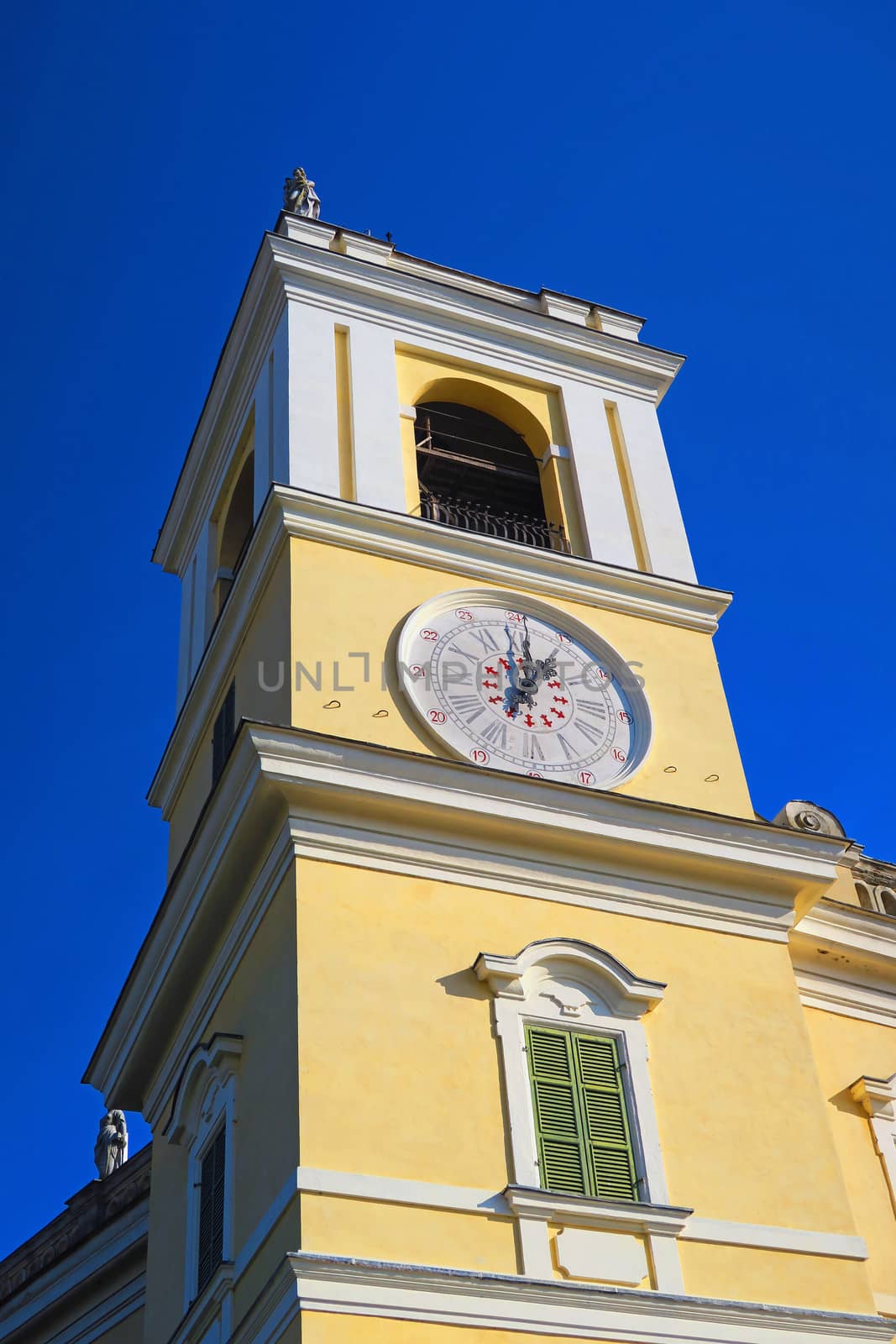
Clock tower
Stock PhotoUsername
dav76Resolution
3648x5472pxClock tower

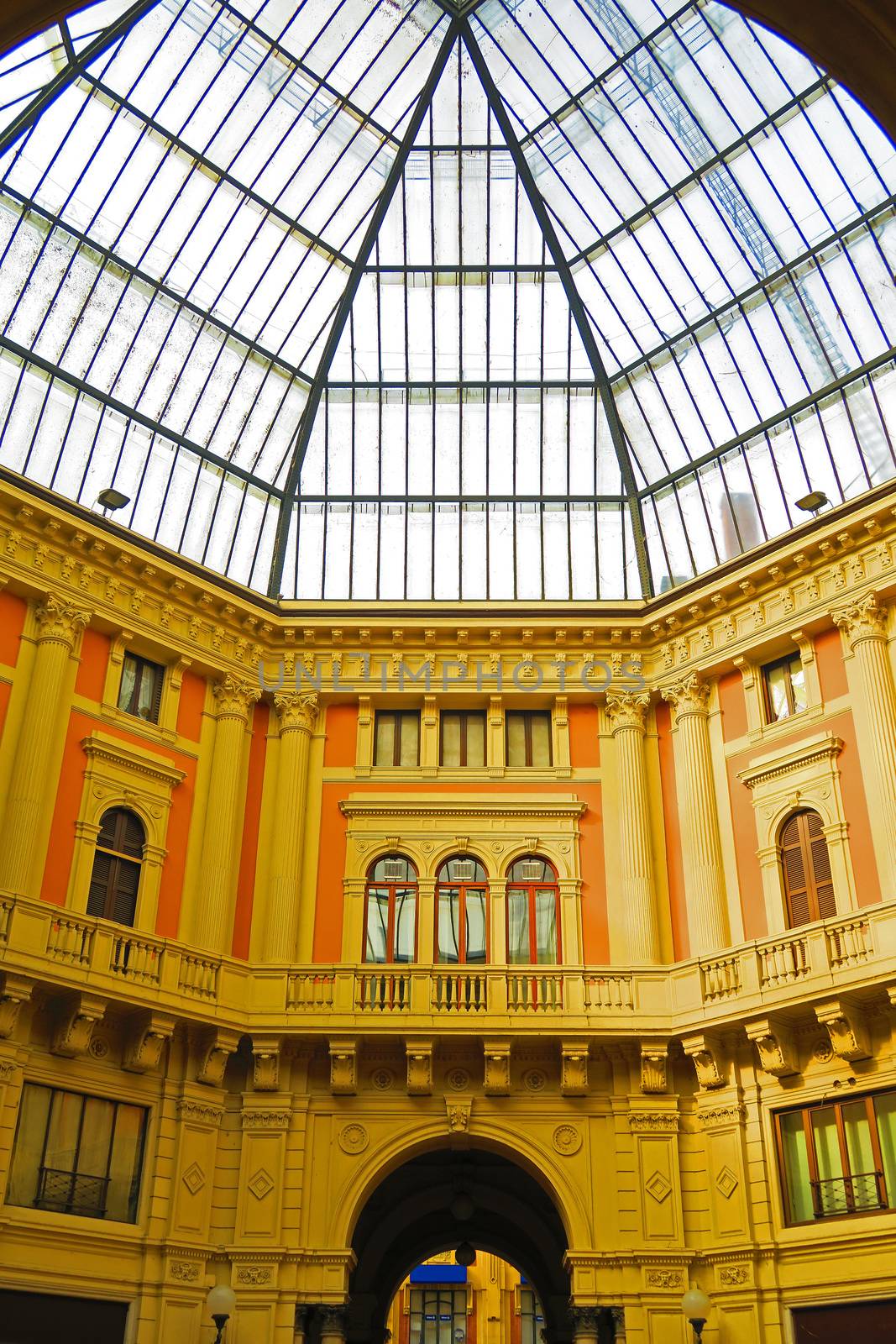
Arnaboldi dome in Pavia
Stock PhotoUsername
dav76Resolution
3648x5472pxArnaboldi dome in Pavia

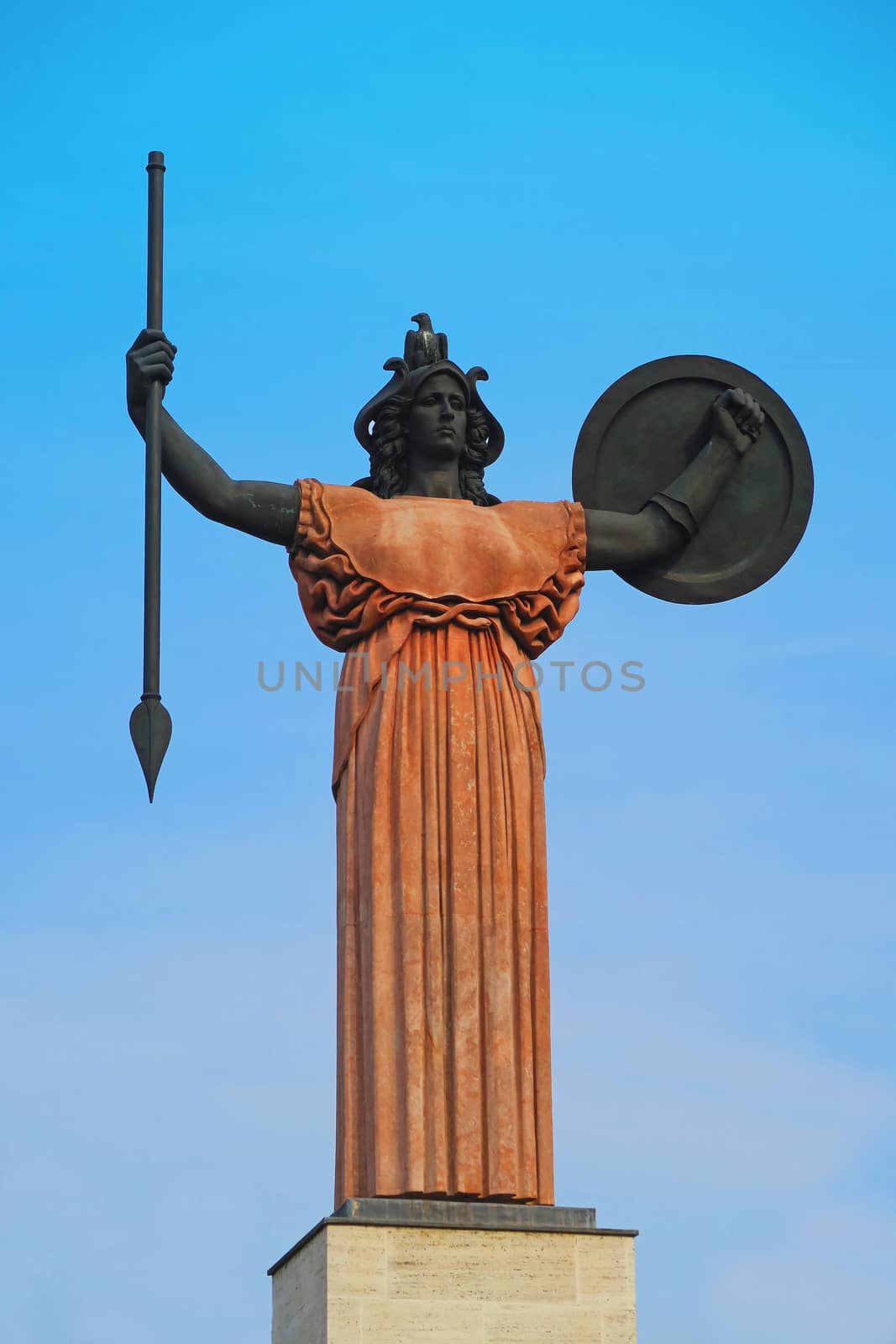
Statue of Minerva
Stock PhotoUsername
dav76Resolution
3648x5472pxStatue of Minerva

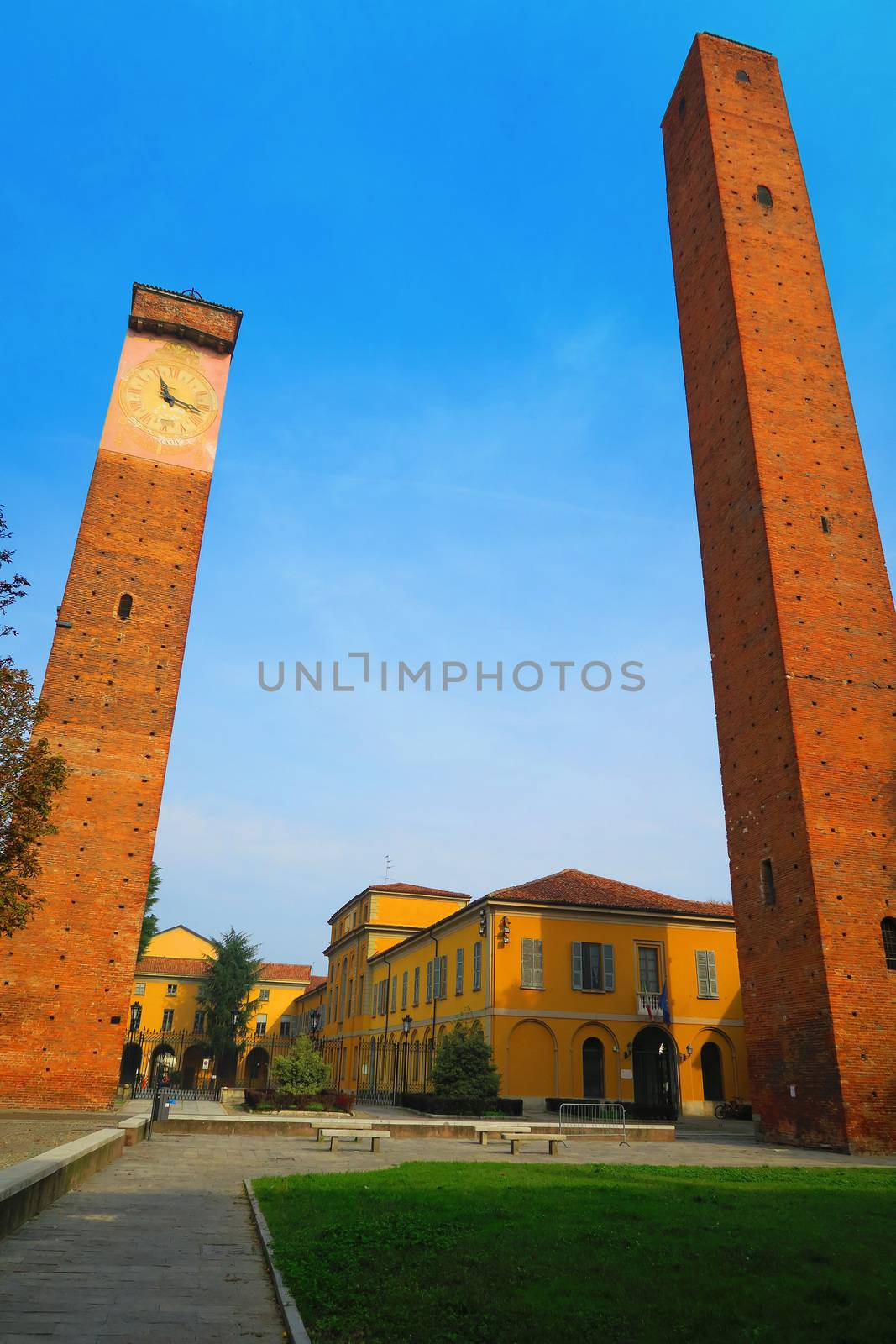
Glimpse of Pavia, Italy
Stock PhotoUsername
dav76Resolution
3648x5472pxGlimpse of Pavia, Italy

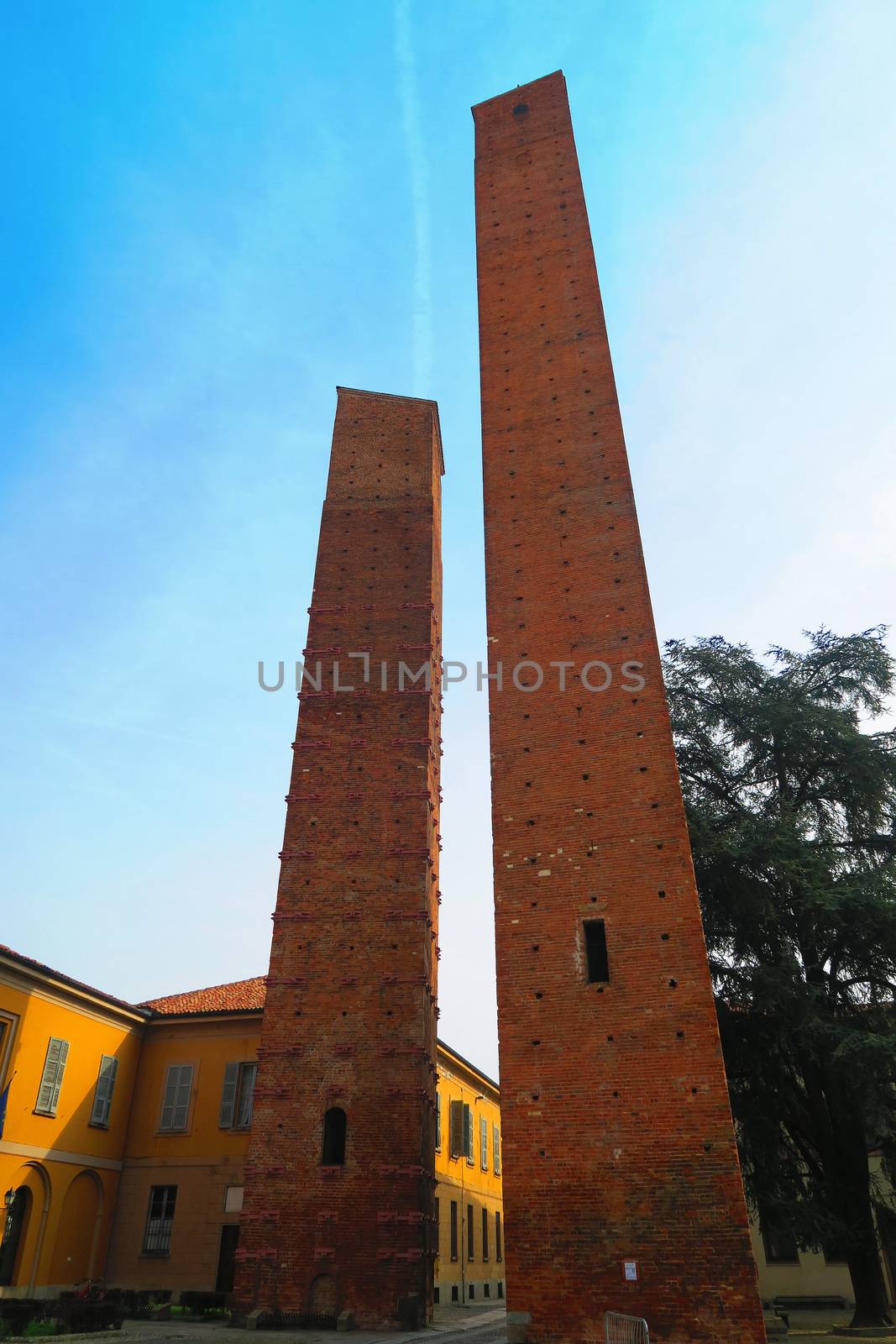
Medieval towers in Pavia, Italy
Stock PhotoUsername
dav76Resolution
3648x5472pxMedieval towers in Pavia, Italy

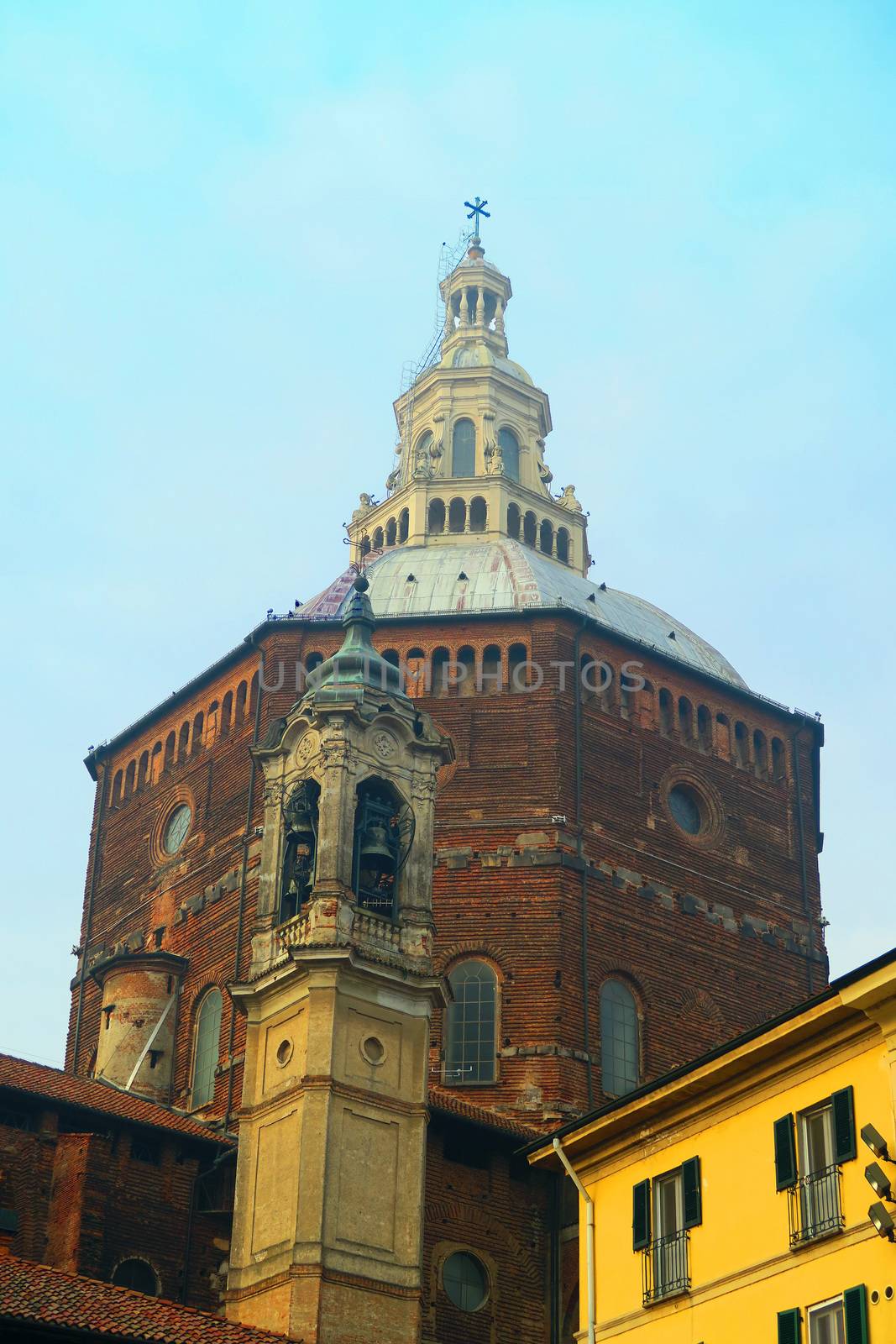
Dome of the cathedral of Pavia, Lombardy, Italy
Stock PhotoUsername
dav76Resolution
3648x5472pxDome of the cathedral of Pavia, Lombardy, Italy


Dome of the cathedral of Pavia, Lombardy, Italy
Stock PhotoUsername
dav76Resolution
3648x5472pxDome of the cathedral of Pavia, Lombardy, Italy
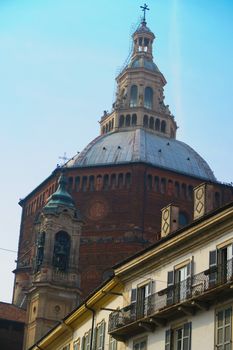
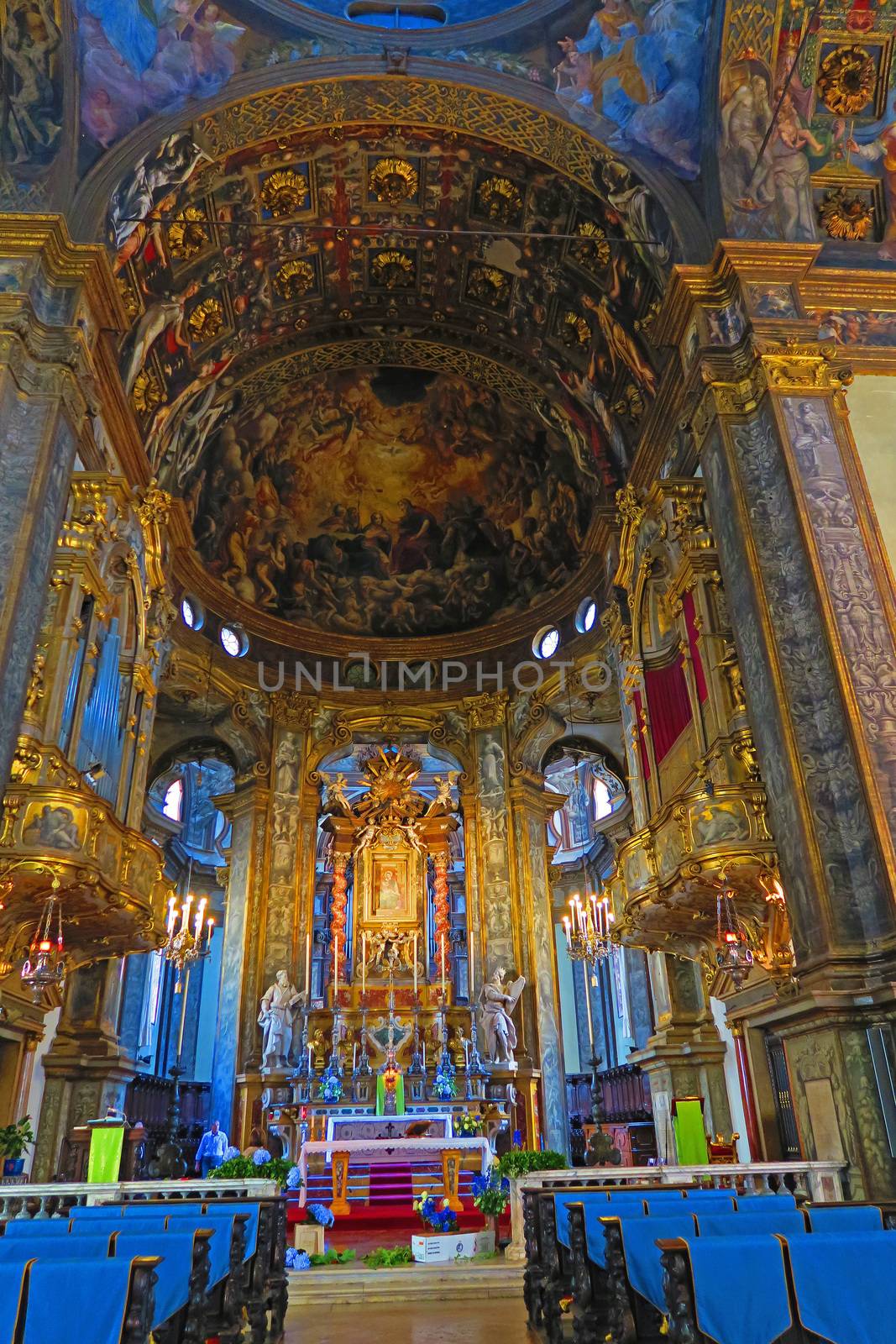
Interior of the basilica of Santa Maria della Steccata, Parma, Italy
Editorial LicenseUsername
dav76Resolution
3648x5472pxInterior of the basilica of Santa Maria della Steccata, Parma, Italy

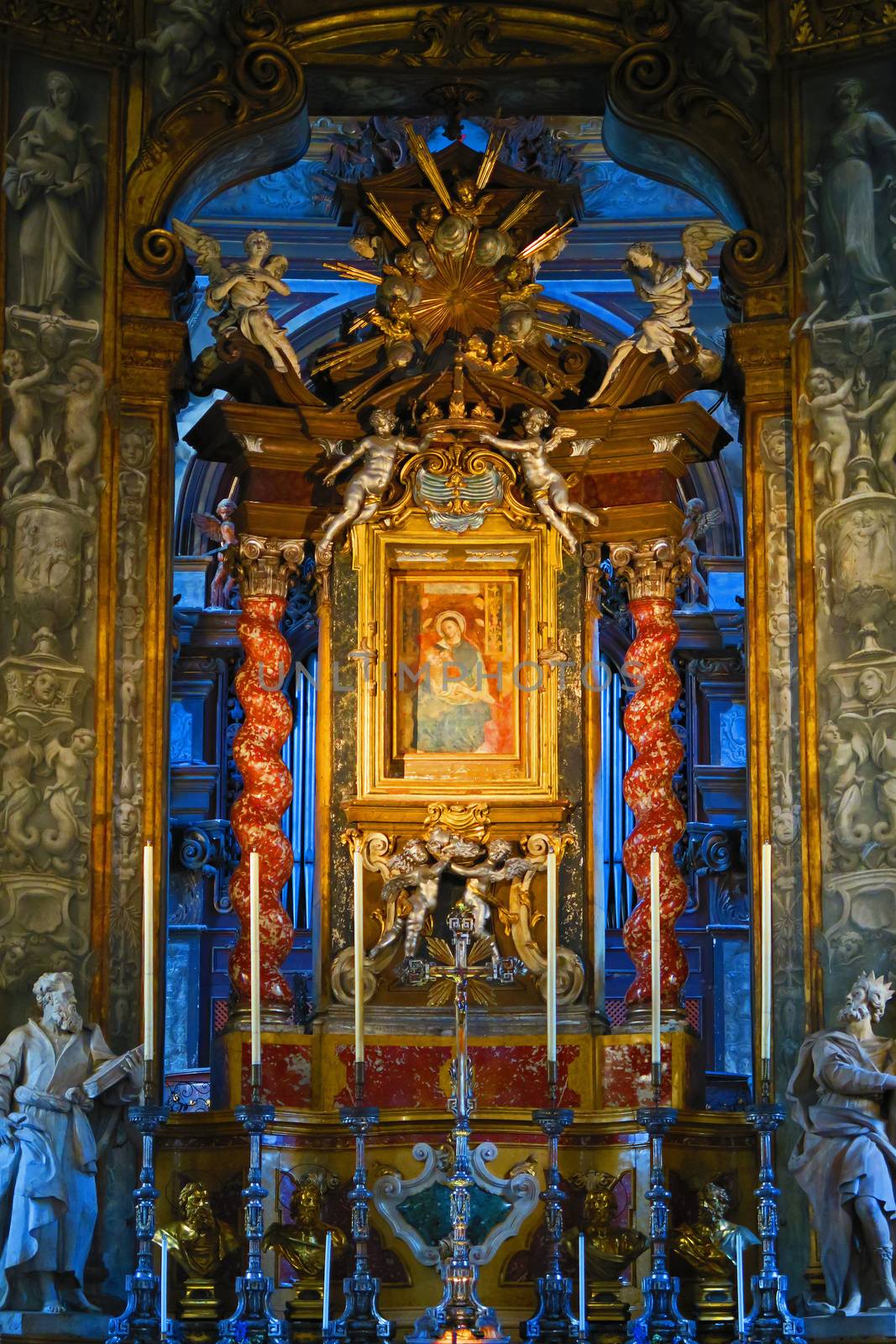
Image of the Madonna in the Basilica of Santa Maria della Stecca
Editorial LicenseUsername
dav76Resolution
3648x5472pxImage of the Madonna in the Basilica of Santa Maria della Stecca


Fresco by Parmigianino in Parma, Italy
Editorial LicenseUsername
dav76Resolution
3648x5472pxFresco by Parmigianino in Parma, Italy
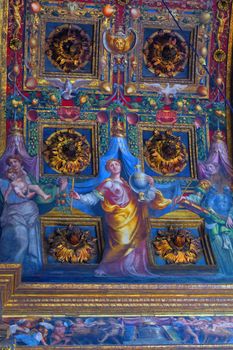
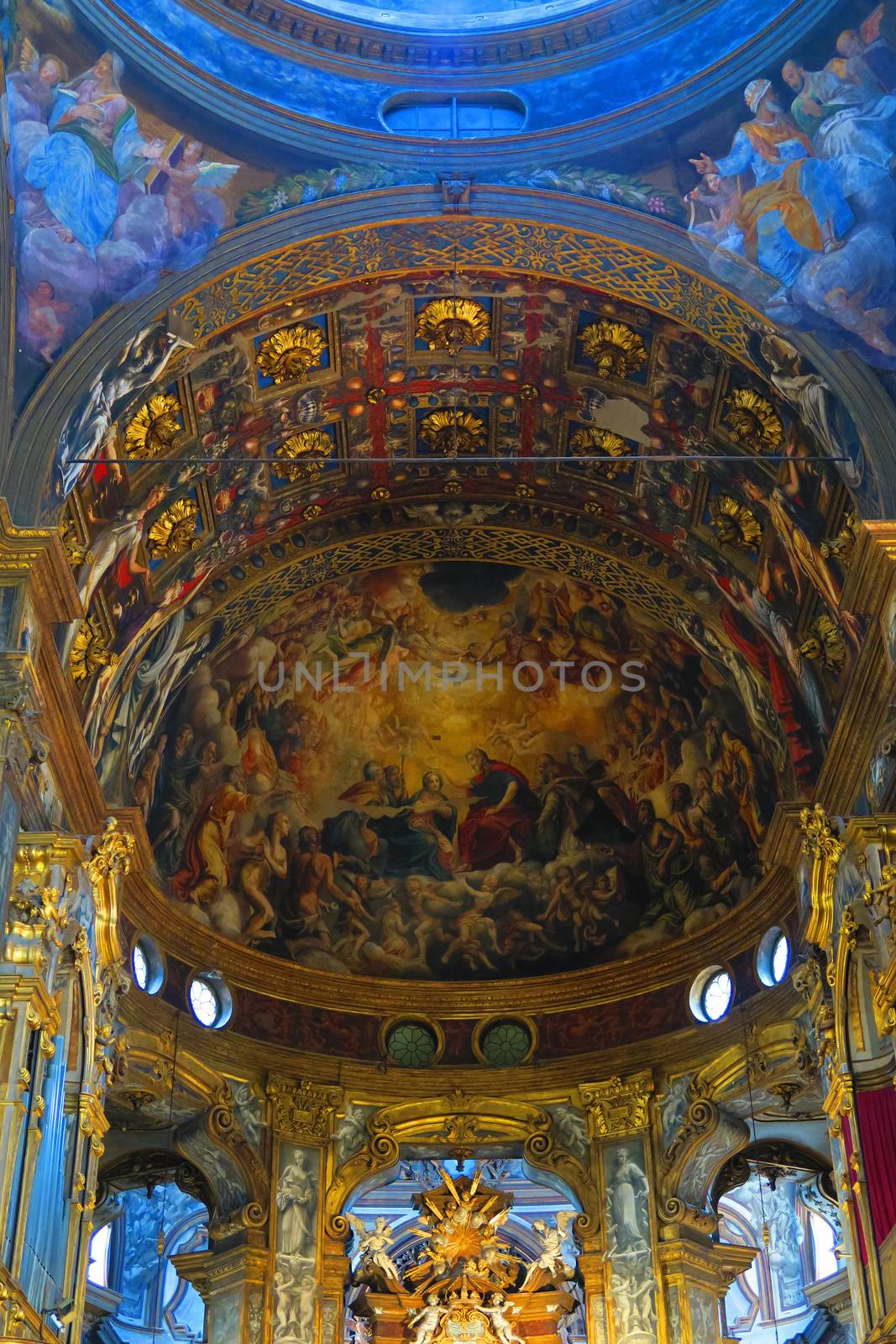
Paintings of the basilica of Santa Maria della Steccata,Parma,Italy
Editorial LicenseUsername
dav76Resolution
3648x5472pxPaintings of the basilica of Santa Maria della Steccata,Parma,Italy


Fountain of the Bacchino in Prato,Tuscany,Italy
Editorial LicenseUsername
dav76Resolution
3648x5472pxFountain of the Bacchino in Prato,Tuscany,Italy
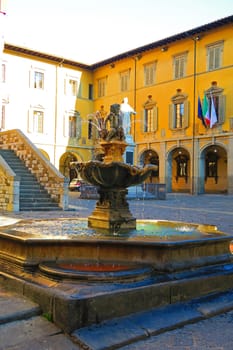
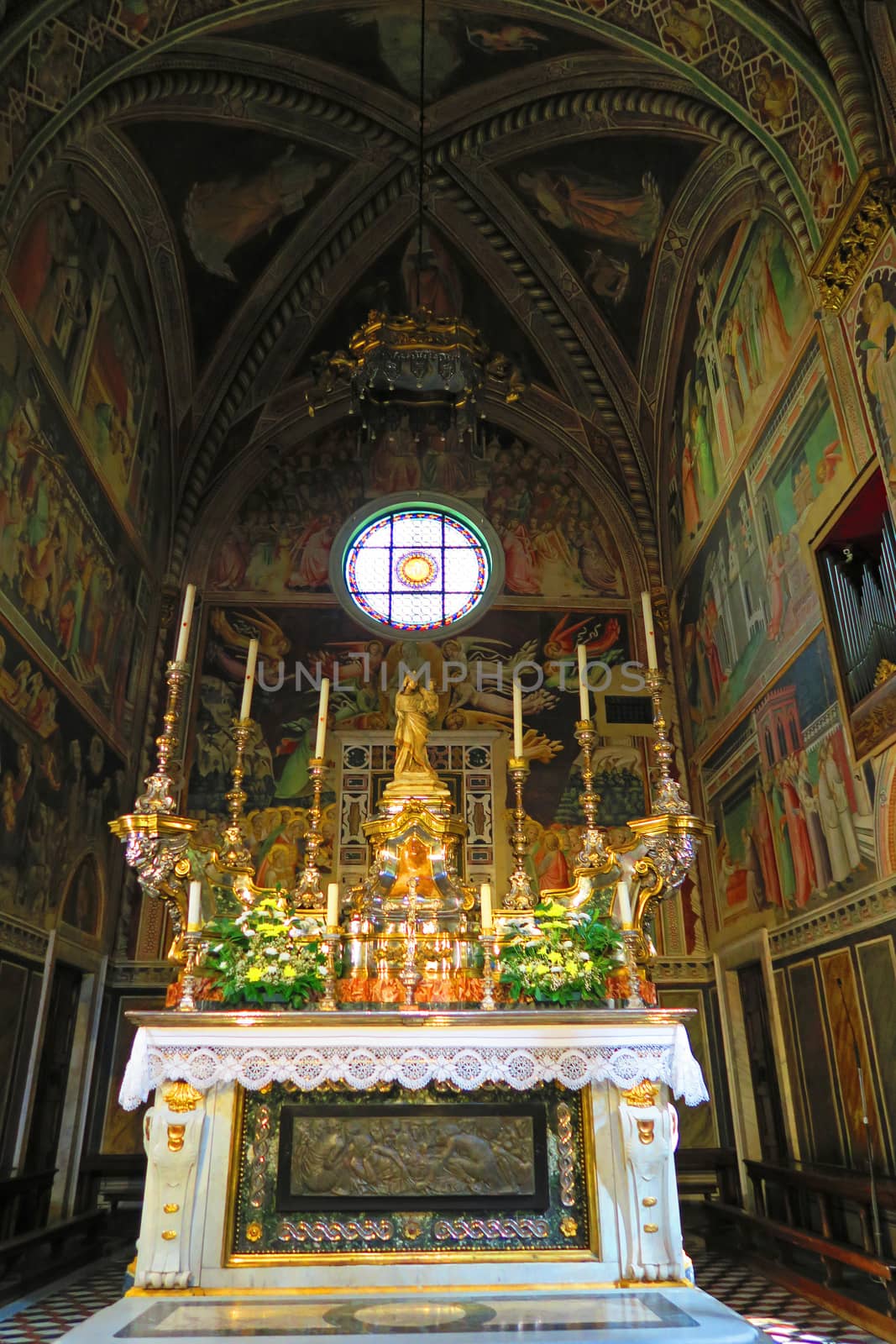
Chapel of the Sacred Belt,Prato,Tuscany,Italy
Editorial LicenseUsername
dav76Resolution
3648x5472pxChapel of the Sacred Belt,Prato,Tuscany,Italy


Interior of the Prato Cathedral,Tuscany,Italy
Editorial LicenseUsername
dav76Resolution
3648x5472pxInterior of the Prato Cathedral,Tuscany,Italy
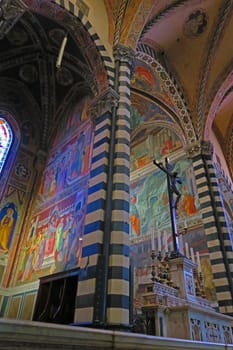
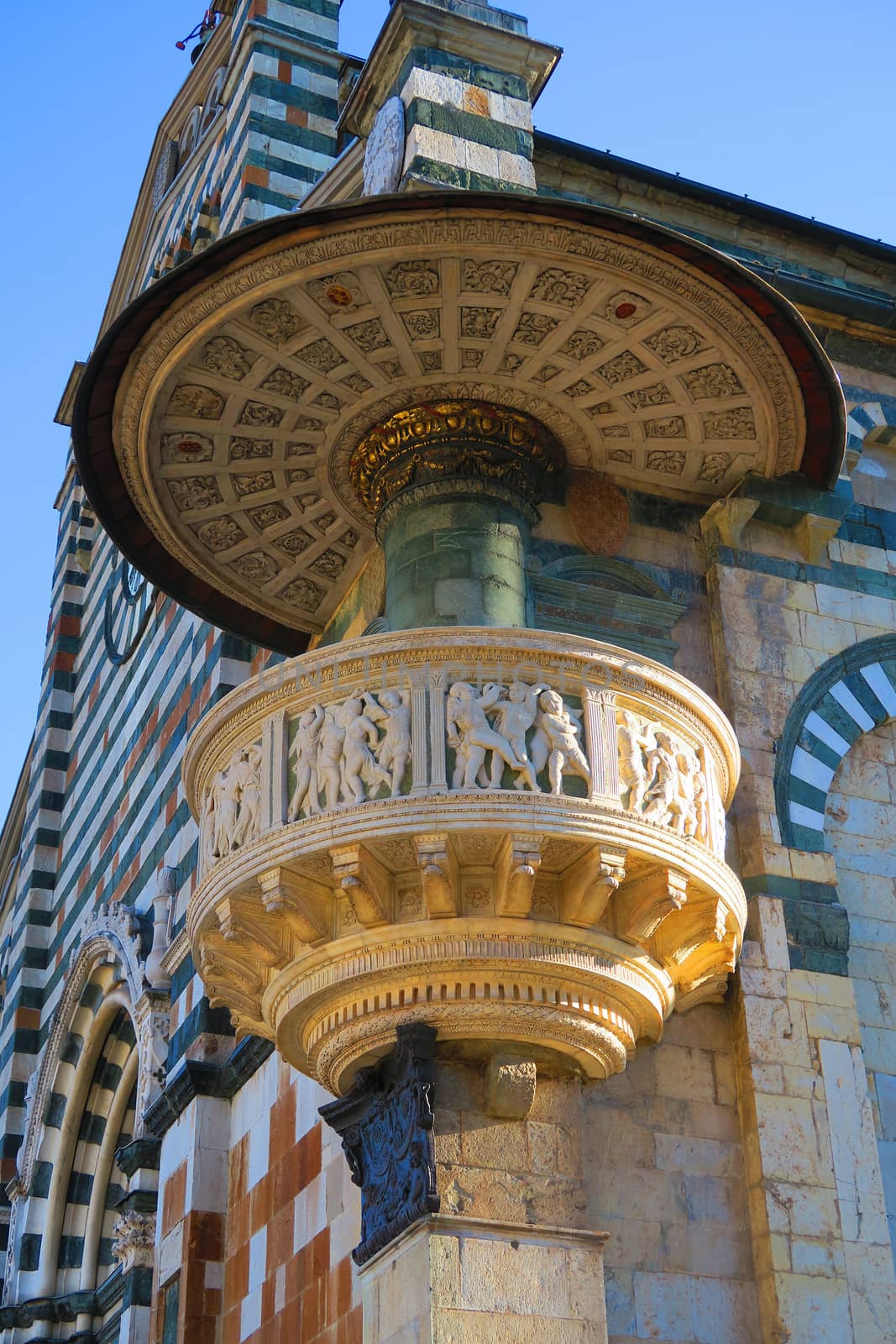
External pulpit of the Cathedral of Prato,Tuscany,Italy
Editorial LicenseUsername
dav76Resolution
3648x5472pxExternal pulpit of the Cathedral of Prato,Tuscany,Italy

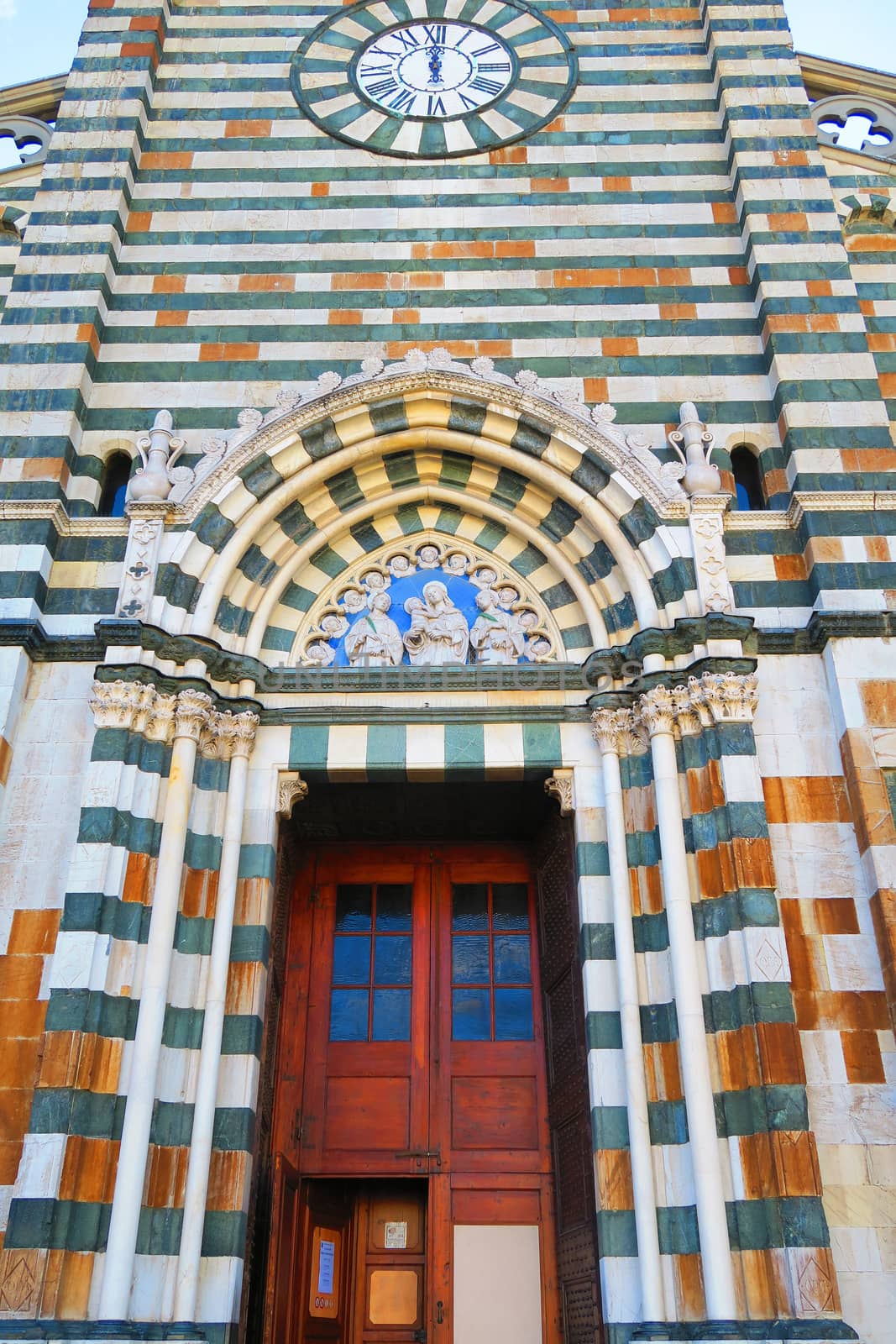
Facade of the cathedral of Prato, Tuscany, Italy
Editorial LicenseUsername
dav76Resolution
3648x5472pxFacade of the cathedral of Prato, Tuscany, Italy

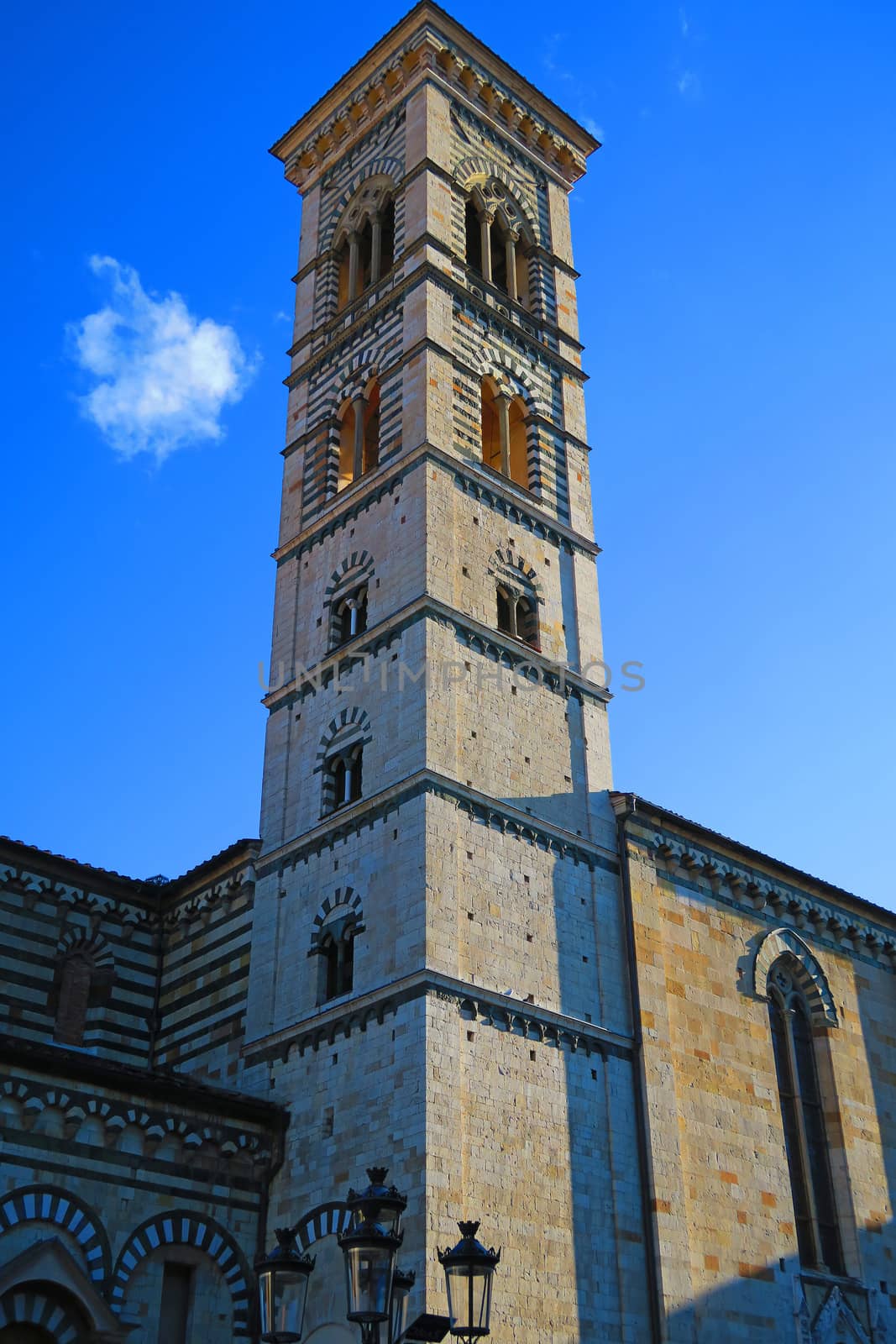
Bell tower of Prato Cathedral,Tuscany,Italy
Editorial LicenseUsername
dav76Resolution
3648x5472pxBell tower of Prato Cathedral,Tuscany,Italy

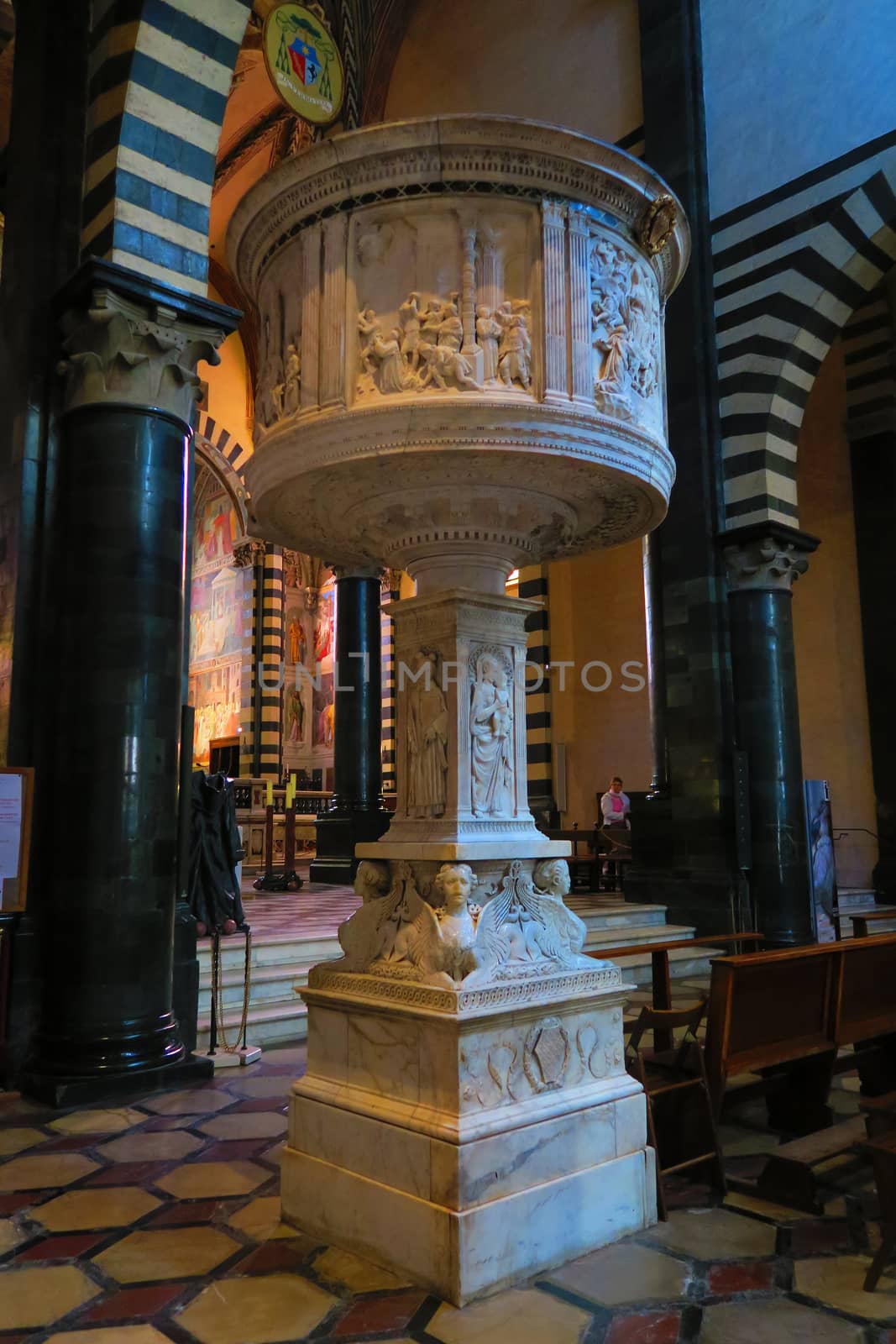
Renaissance pulpit in the Cathedral of Prato, Tuscany, Italy
Editorial LicenseUsername
dav76Resolution
3648x5472pxRenaissance pulpit in the Cathedral of Prato, Tuscany, Italy

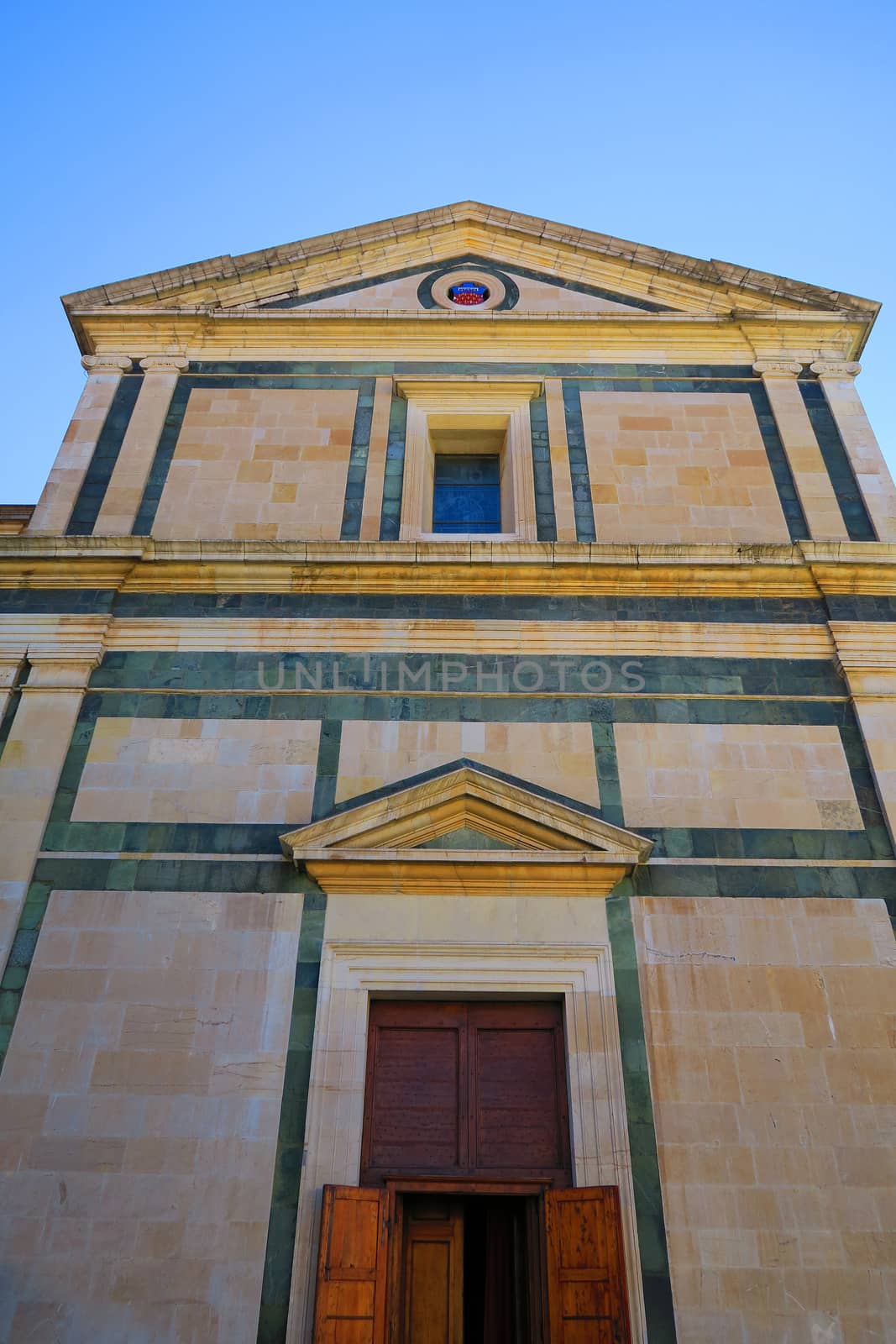
Facade of Santa Maria delle Carceri, Prato, Italy
Stock PhotoUsername
dav76Resolution
3648x5472pxFacade of Santa Maria delle Carceri, Prato, Italy

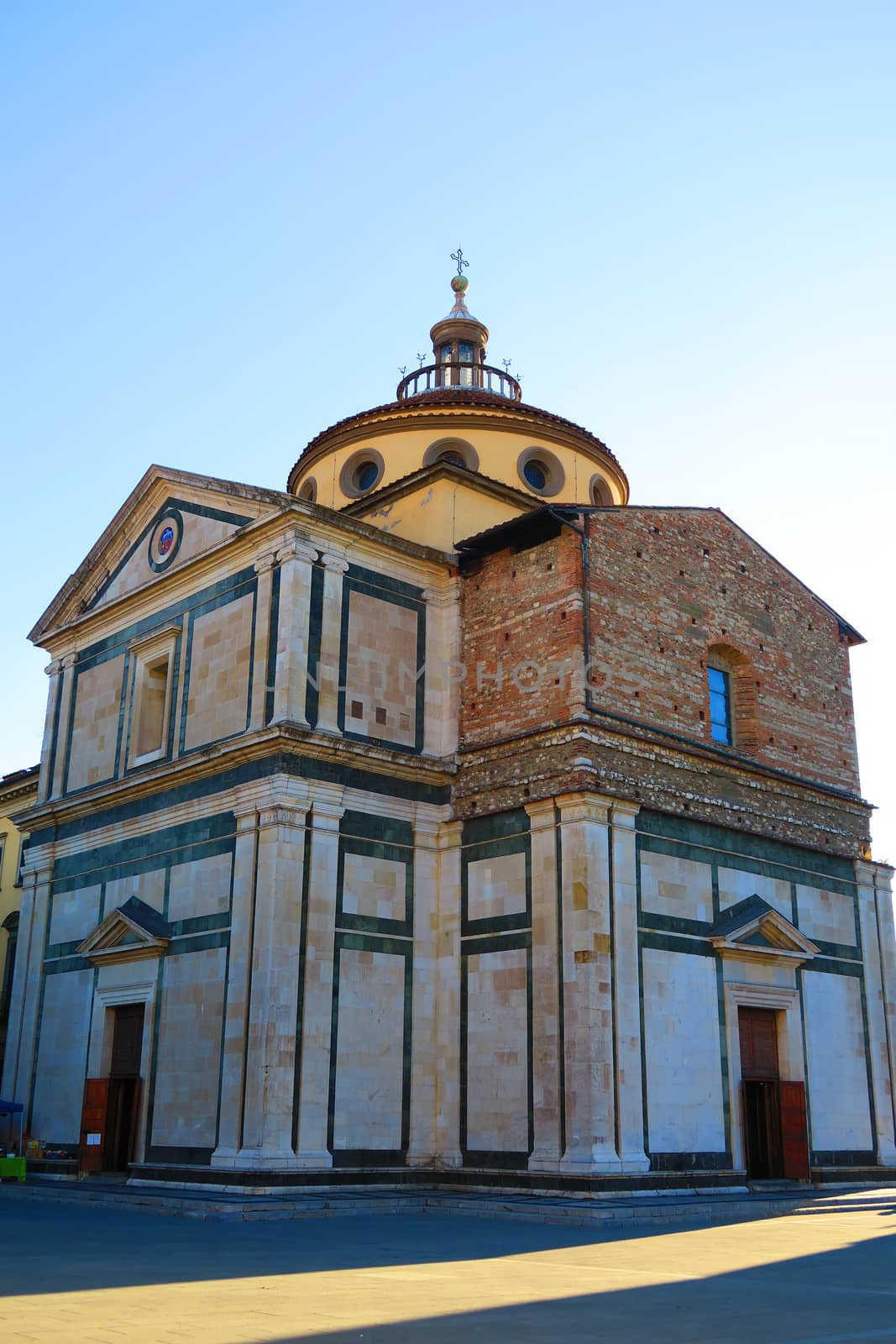
Santa Maria delle Carceri, Prato, Italy
Editorial LicenseUsername
dav76Resolution
3648x5472pxSanta Maria delle Carceri, Prato, Italy

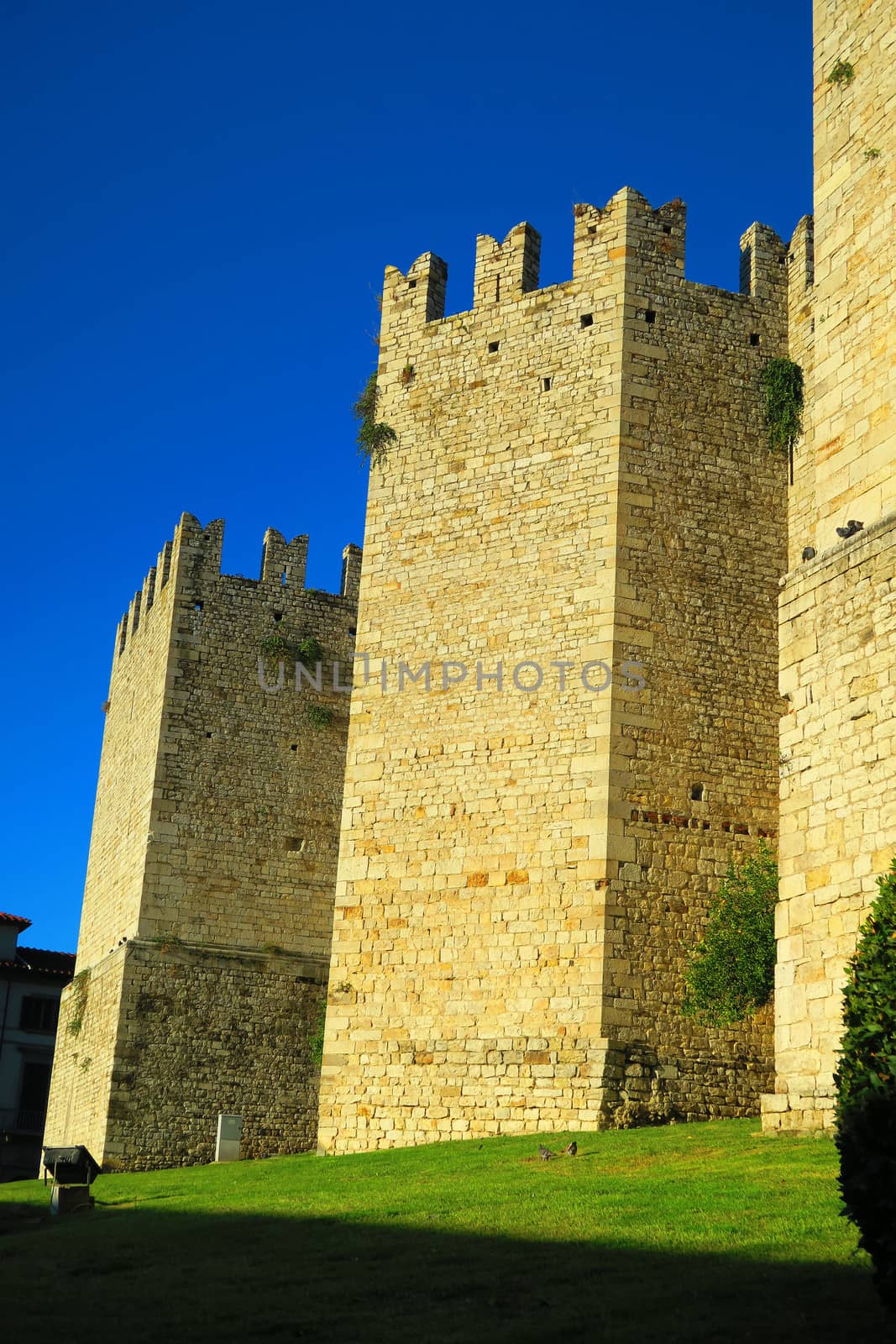
Medieval towers in Prato, Italy
Stock PhotoUsername
dav76Resolution
3648x5472pxMedieval towers in Prato, Italy


Detail of towers in Prato, Italy
Stock PhotoUsername
dav76Resolution
3648x5472pxDetail of towers in Prato, Italy
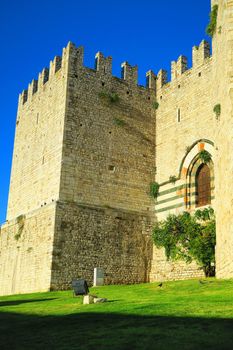
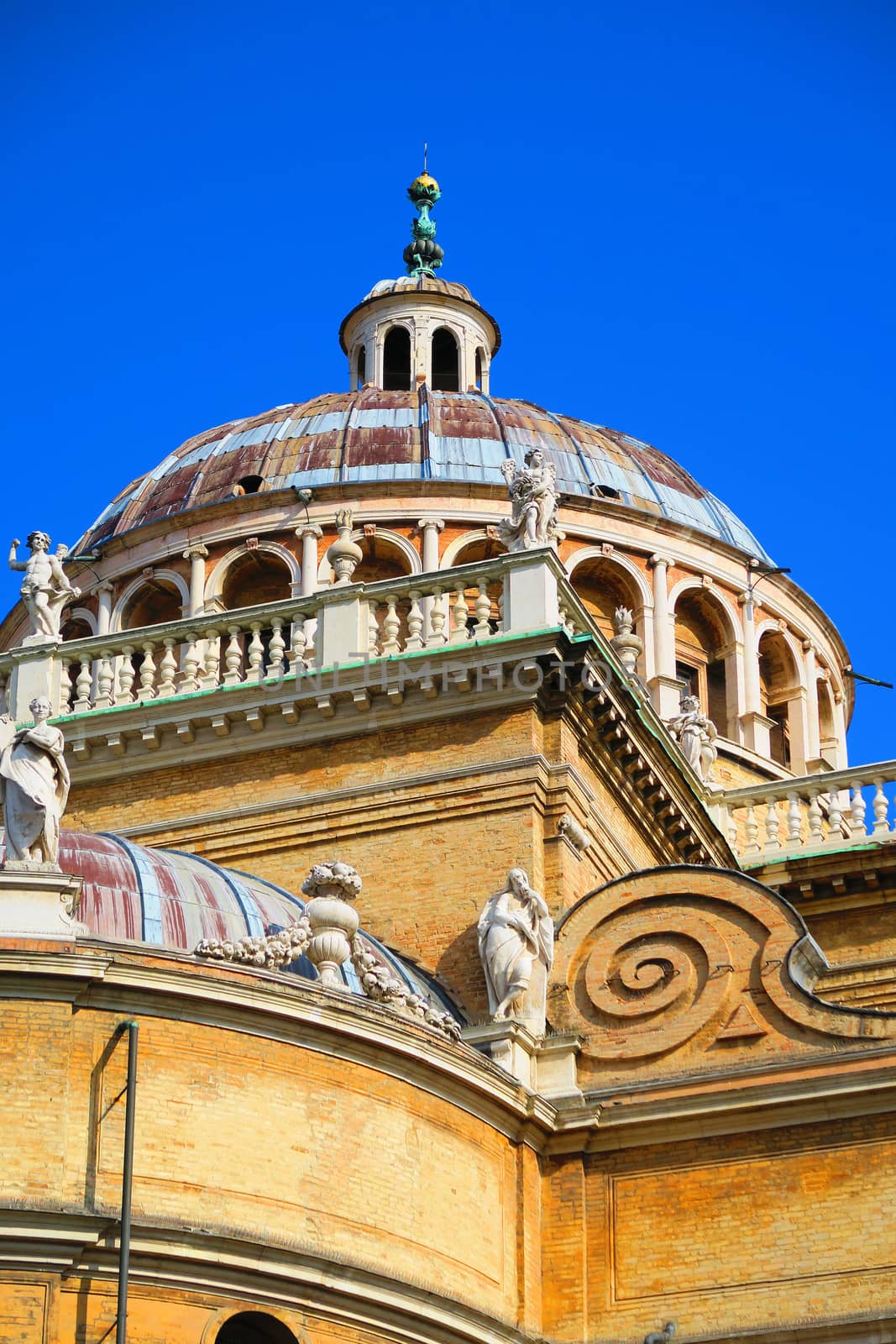
Dome of the Sanctuary of Santa Maria della Steccata, Parma, Ital
Stock PhotoUsername
dav76Resolution
3648x5472pxDome of the Sanctuary of Santa Maria della Steccata, Parma, Ital

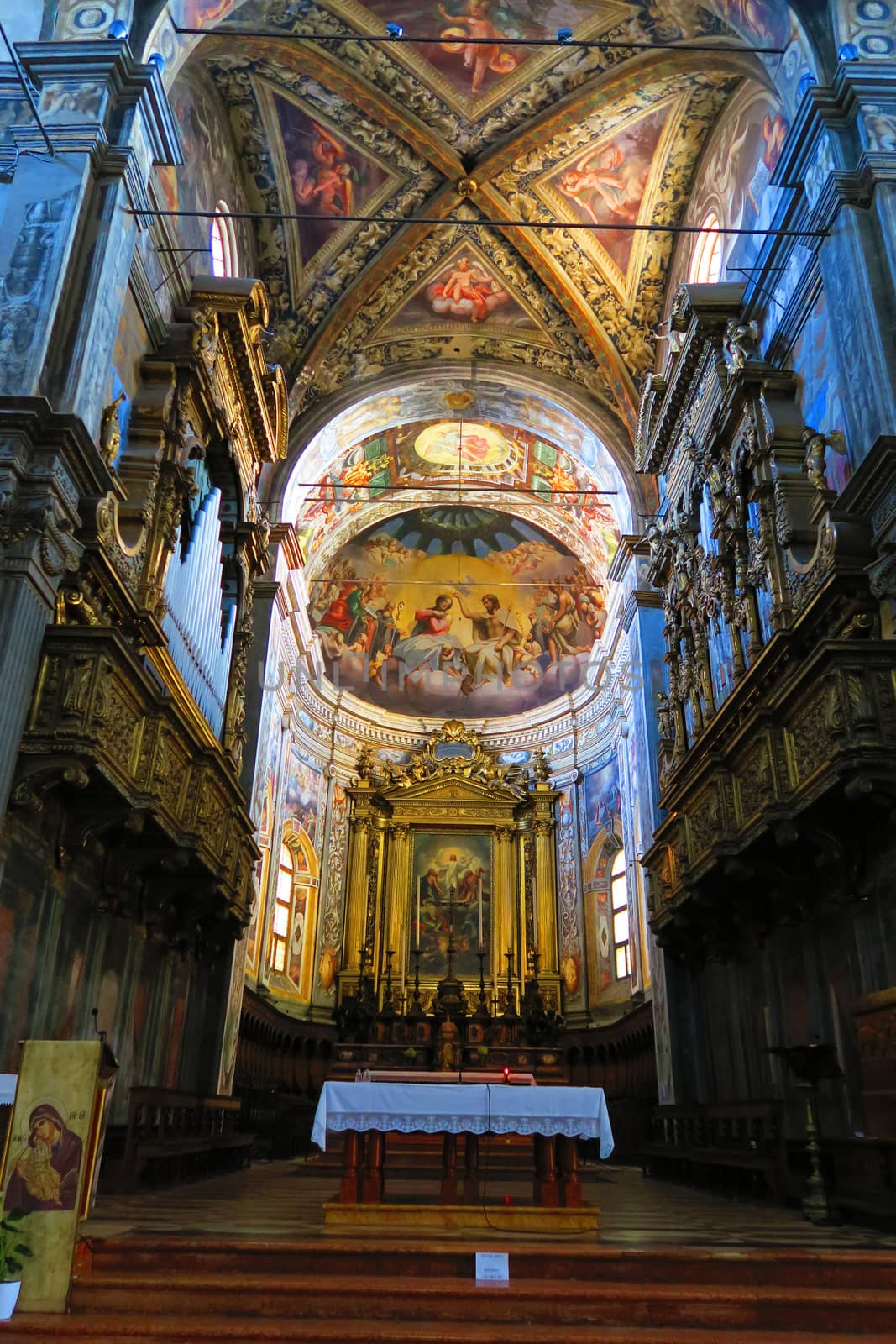
Church of St. John the Evangelist, Parma, Italy
Editorial LicenseUsername
dav76Resolution
3648x5472pxChurch of St. John the Evangelist, Parma, Italy


Correggio fresco of the dome in the church of San Giovanni Evang
Editorial LicenseUsername
dav76Resolution
3648x5472pxCorreggio fresco of the dome in the church of San Giovanni Evang
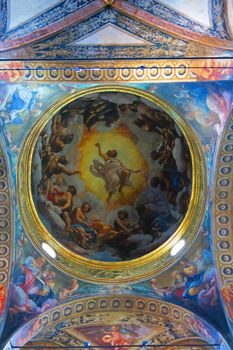

Dome of the cathedral in Parma, Italy
Editorial LicenseUsername
dav76Resolution
3648x5472pxDome of the cathedral in Parma, Italy
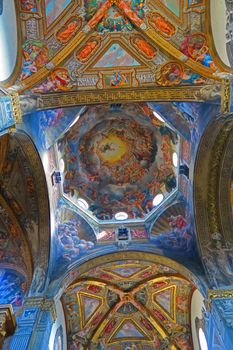
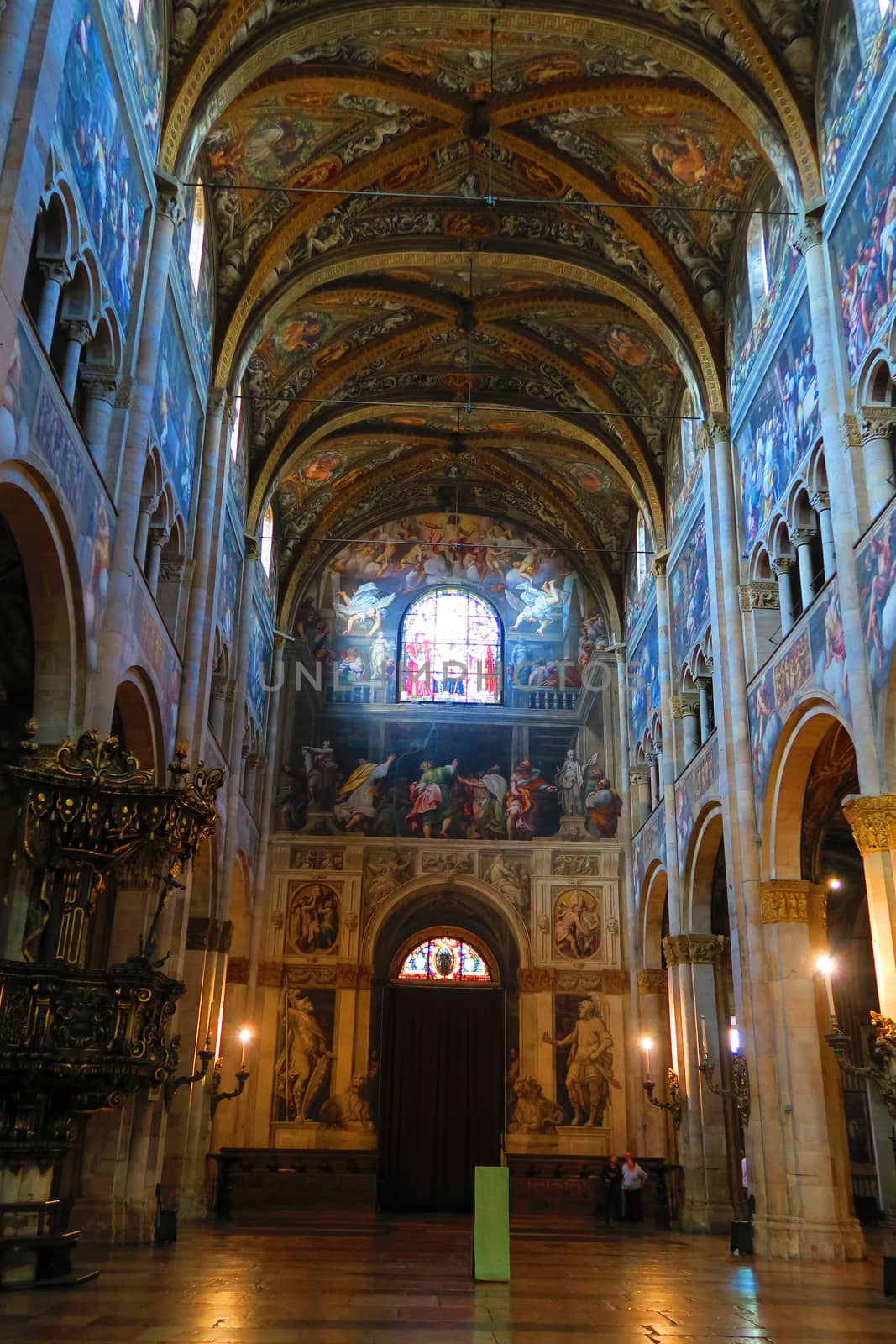
Internal facade of the cathedral in Parma, Italy
Editorial LicenseUsername
dav76Resolution
3648x5472pxInternal facade of the cathedral in Parma, Italy

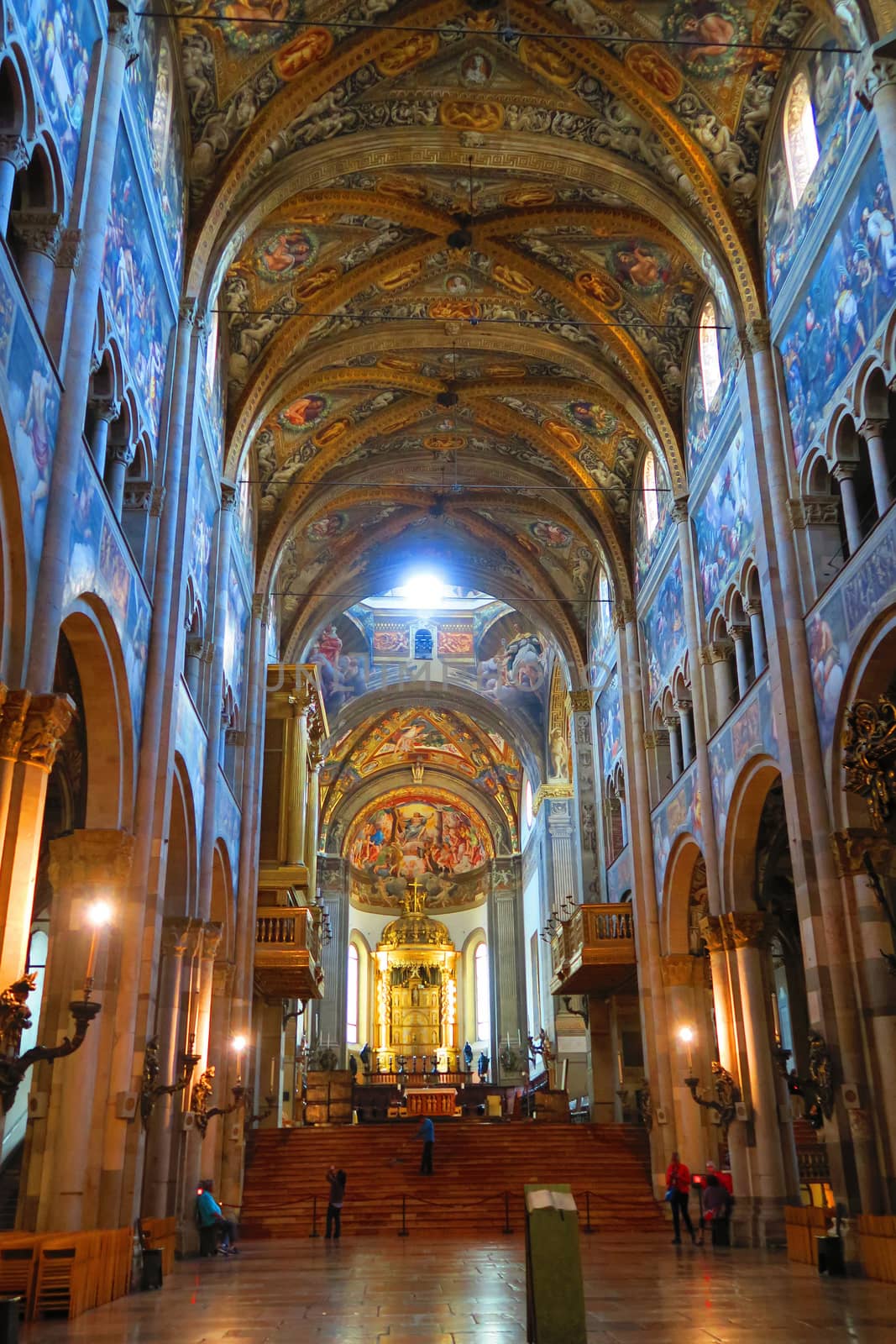
Central nave of the cathedral in Parma, Italy
Editorial LicenseUsername
dav76Resolution
3648x5472pxCentral nave of the cathedral in Parma, Italy

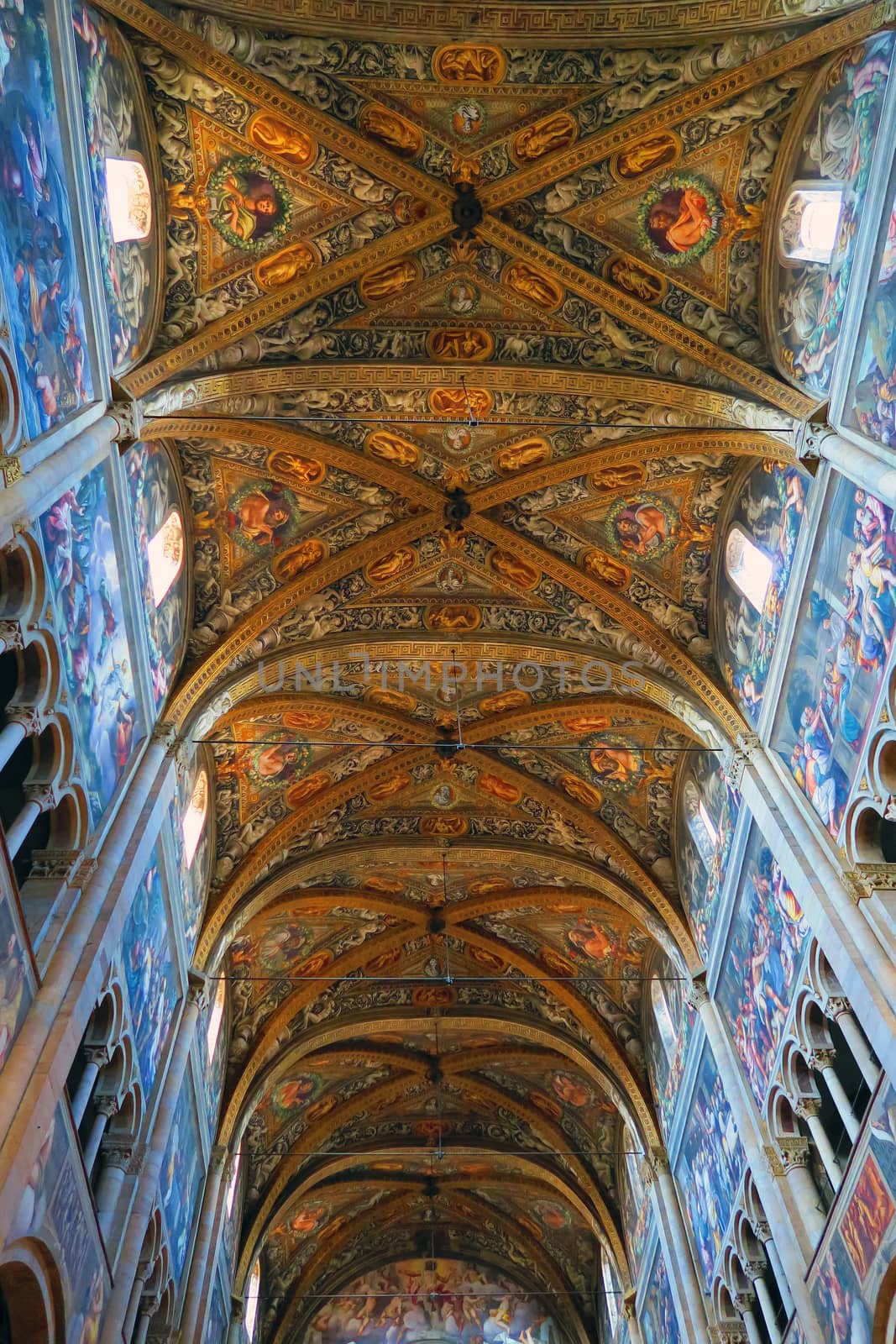
Richly decorated ceiling of the cathedral in Parma, Italy
Editorial LicenseUsername
dav76Resolution
3648x5472pxRichly decorated ceiling of the cathedral in Parma, Italy

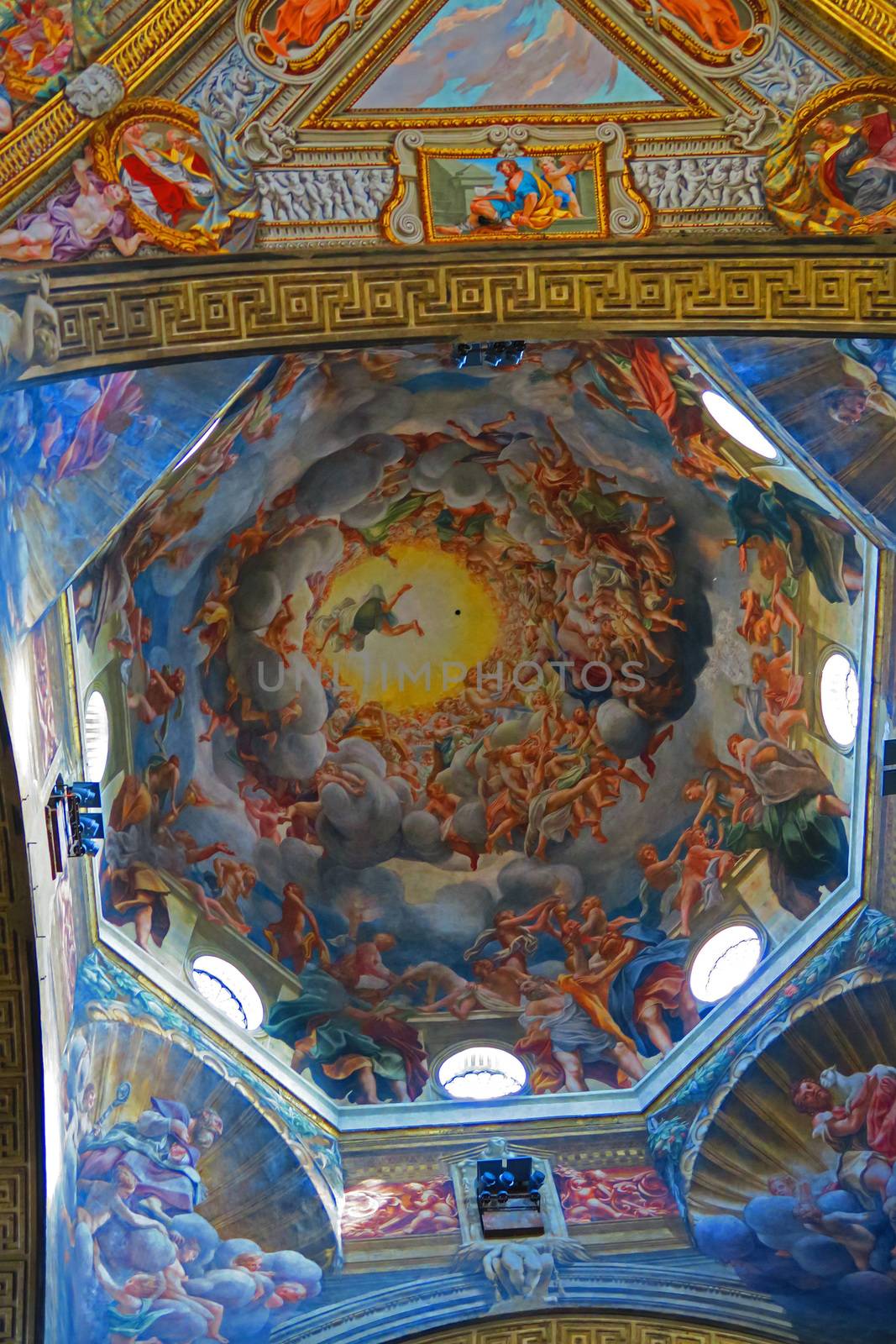
"Assumption of the Virgin" fresco by Correggio in the dome of th
Editorial LicenseUsername
dav76Resolution
3648x5472px"Assumption of the Virgin" fresco by Correggio in the dome of th


Historical center of Parma
Stock PhotoUsername
dav76Resolution
3648x5472pxHistorical center of Parma
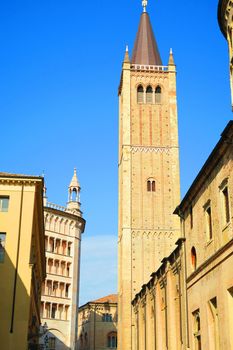

Small waves in Jesolo,Italy
Stock PhotoUsername
dav76Resolution
3648x5472pxSmall waves in Jesolo,Italy
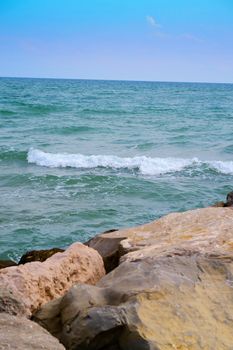
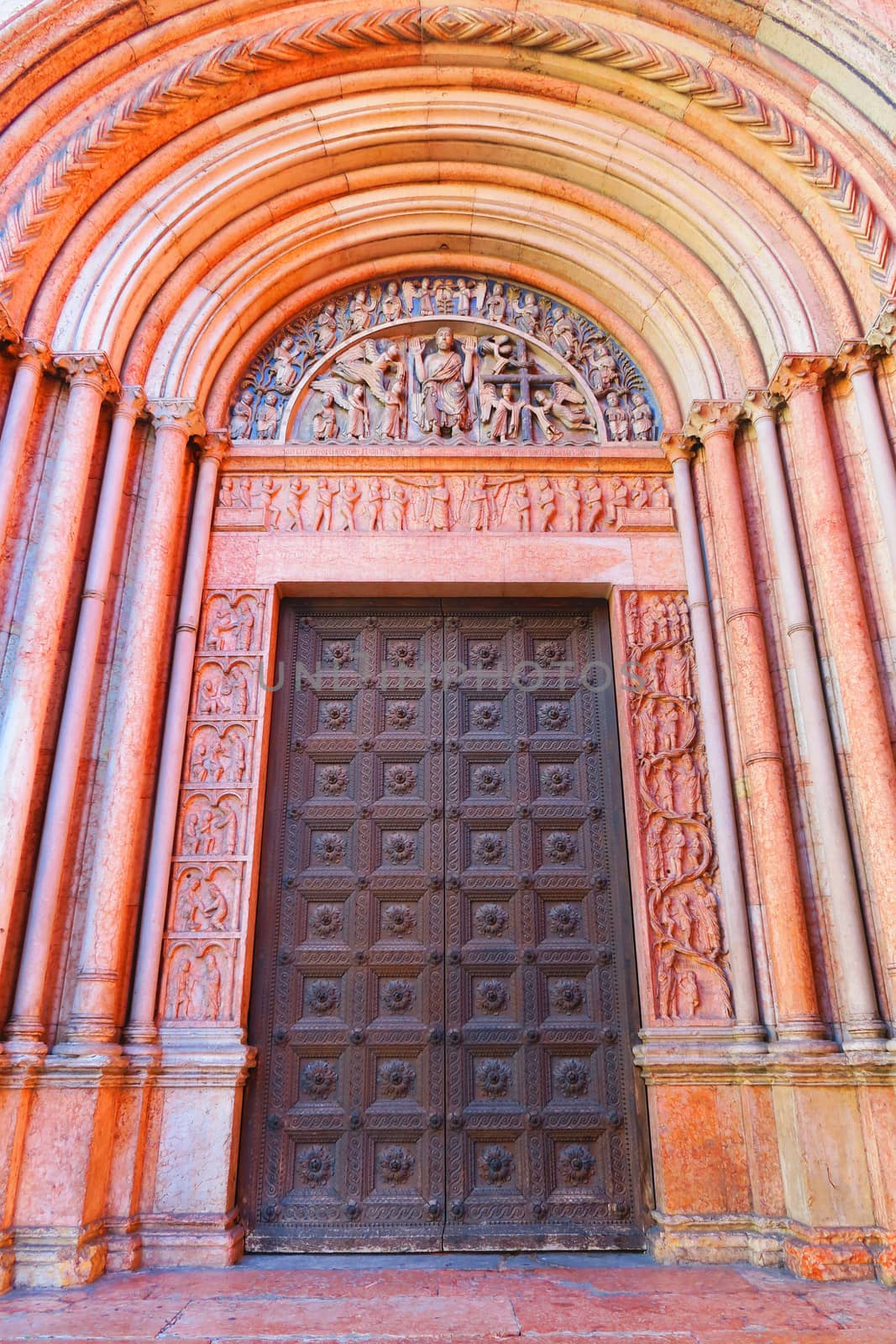
Portal of the Baptistery of Parma
Stock PhotoUsername
dav76Resolution
3648x5472pxPortal of the Baptistery of Parma

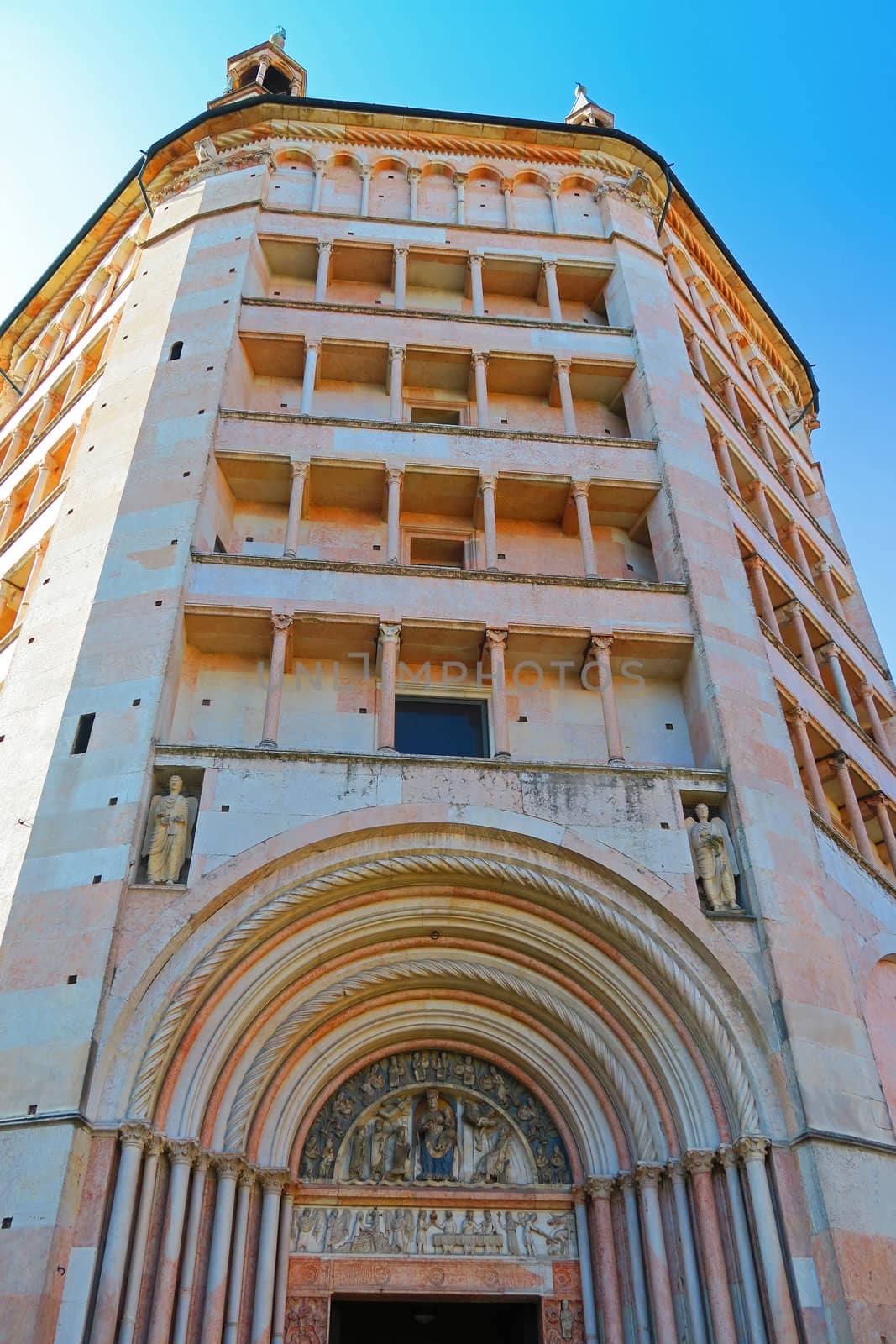
Northern facade of the Baptistery of Parma
Stock PhotoUsername
dav76Resolution
3648x5472pxNorthern facade of the Baptistery of Parma

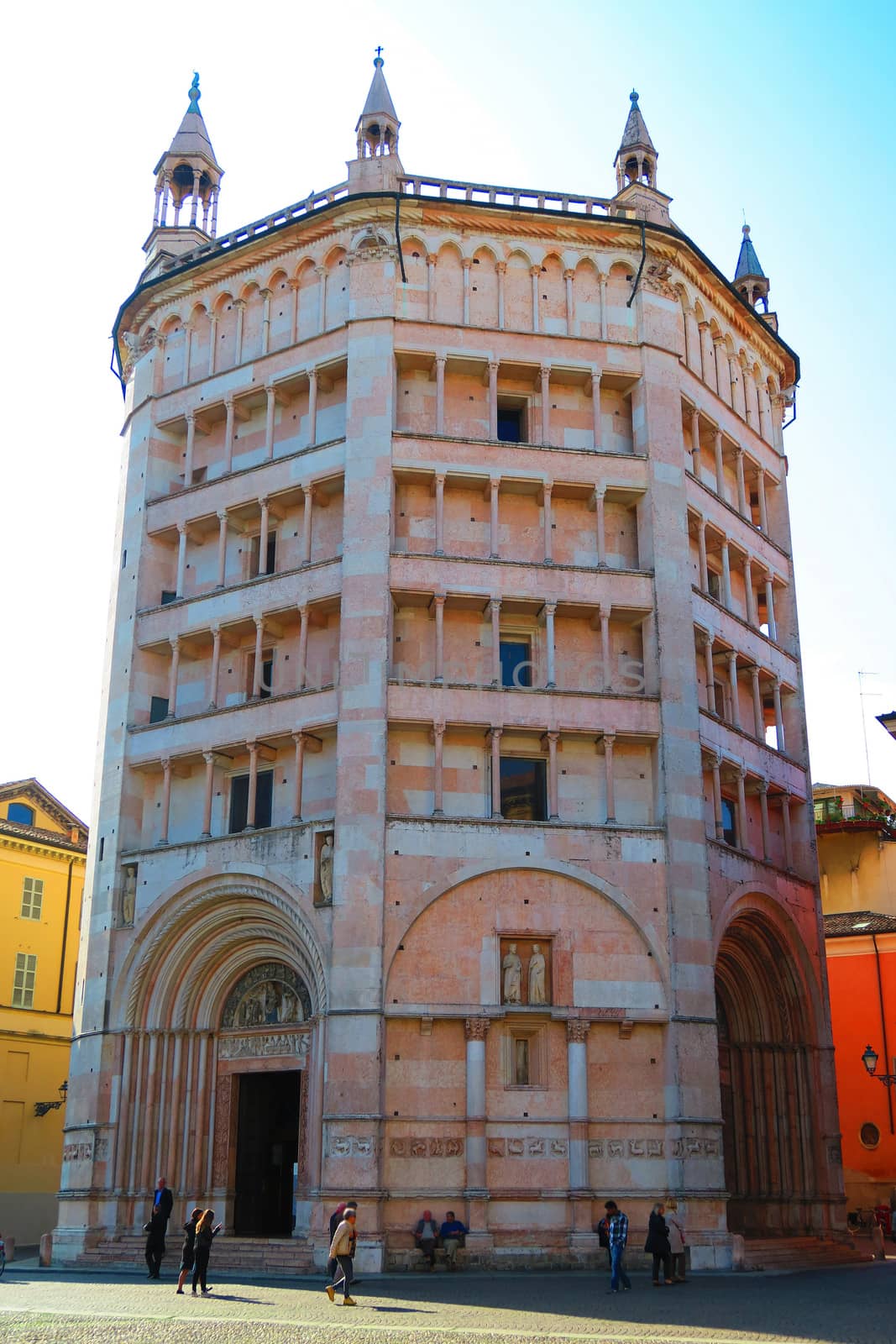
Wonderful view of the Baptistery of Parma
Stock PhotoUsername
dav76Resolution
3648x5472pxWonderful view of the Baptistery of Parma

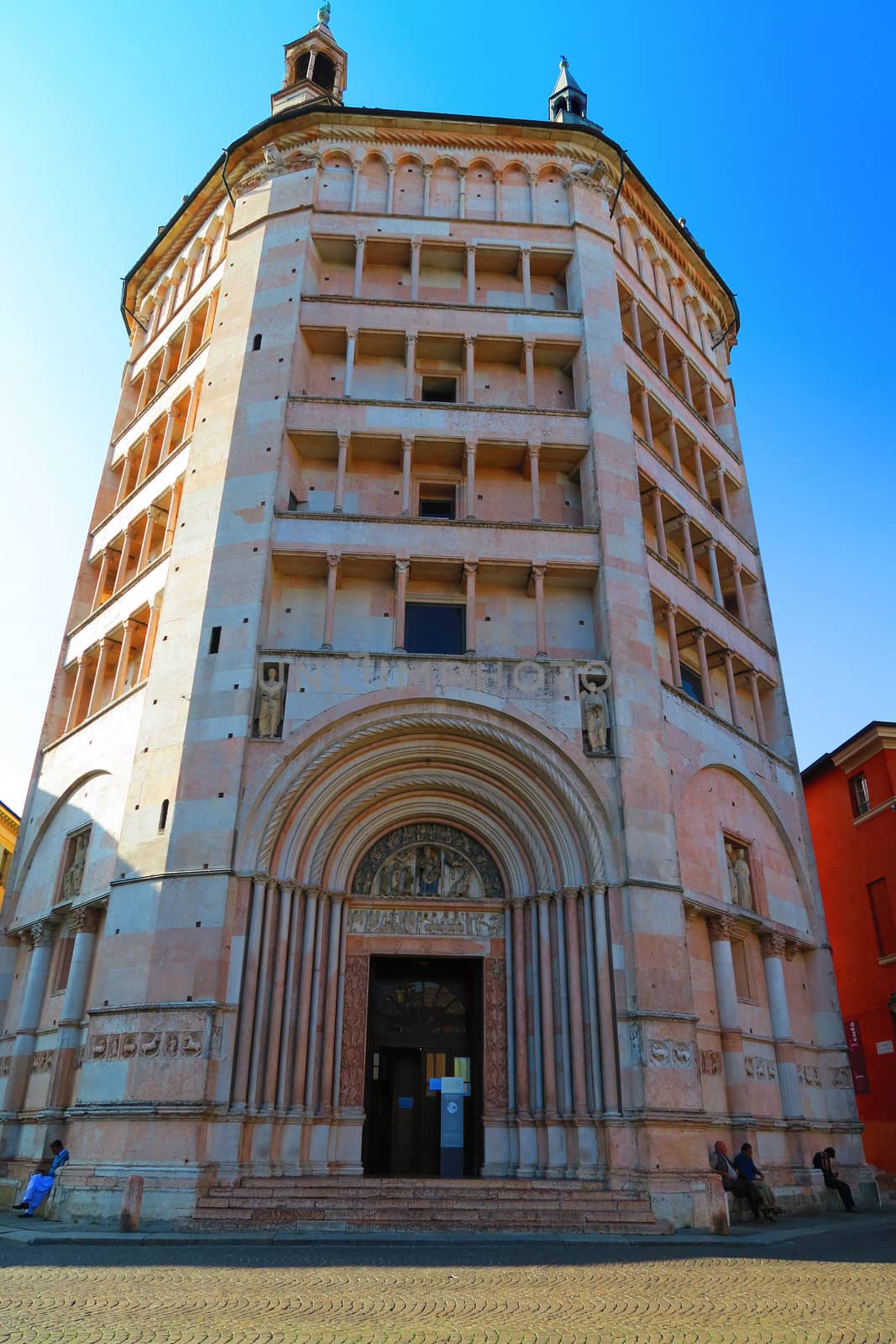
Baptistery of Parma
Stock PhotoUsername
dav76Resolution
3648x5472pxBaptistery of Parma

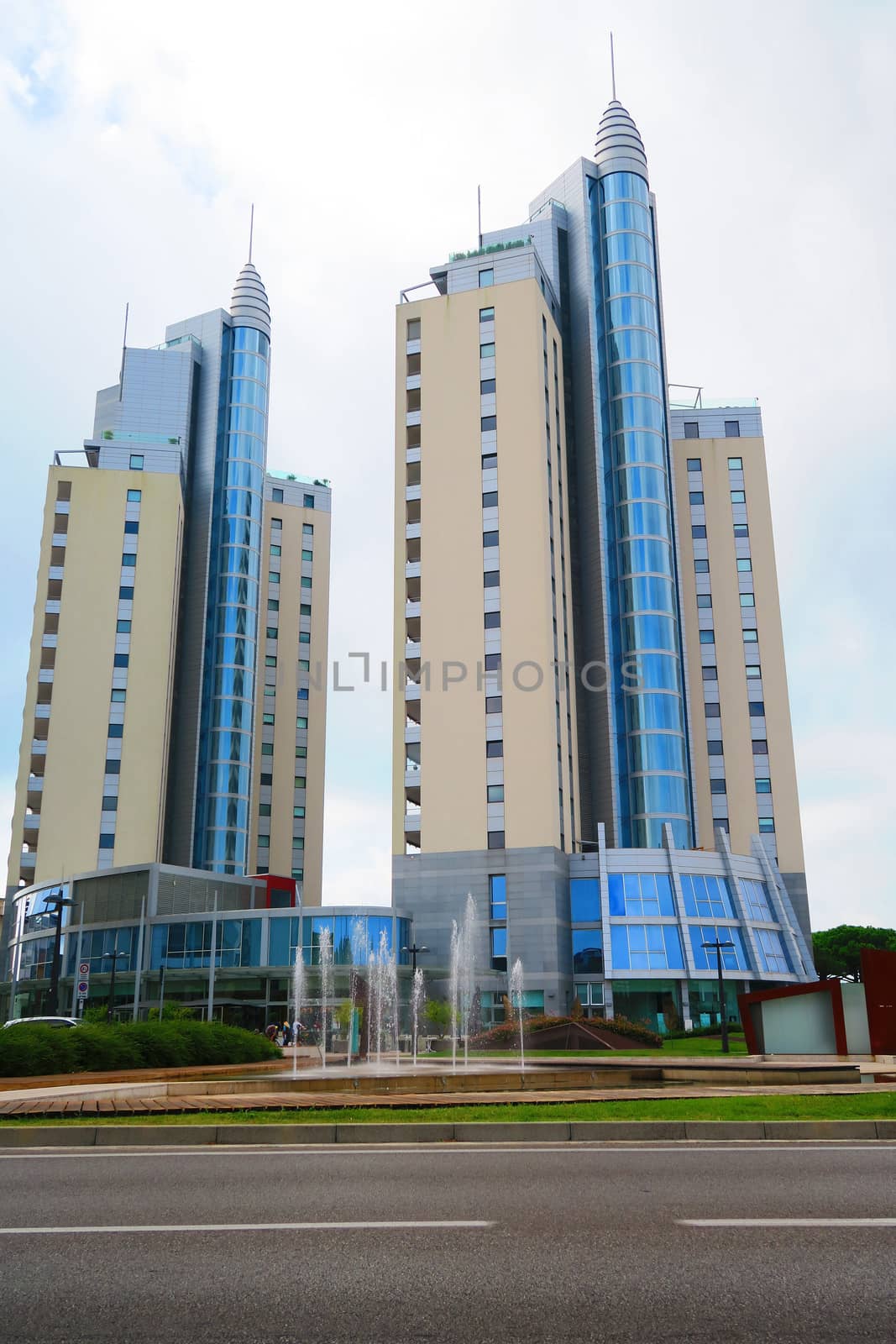
Dragon towers
Stock PhotoUsername
dav76Resolution
3648x5472pxDragon towers

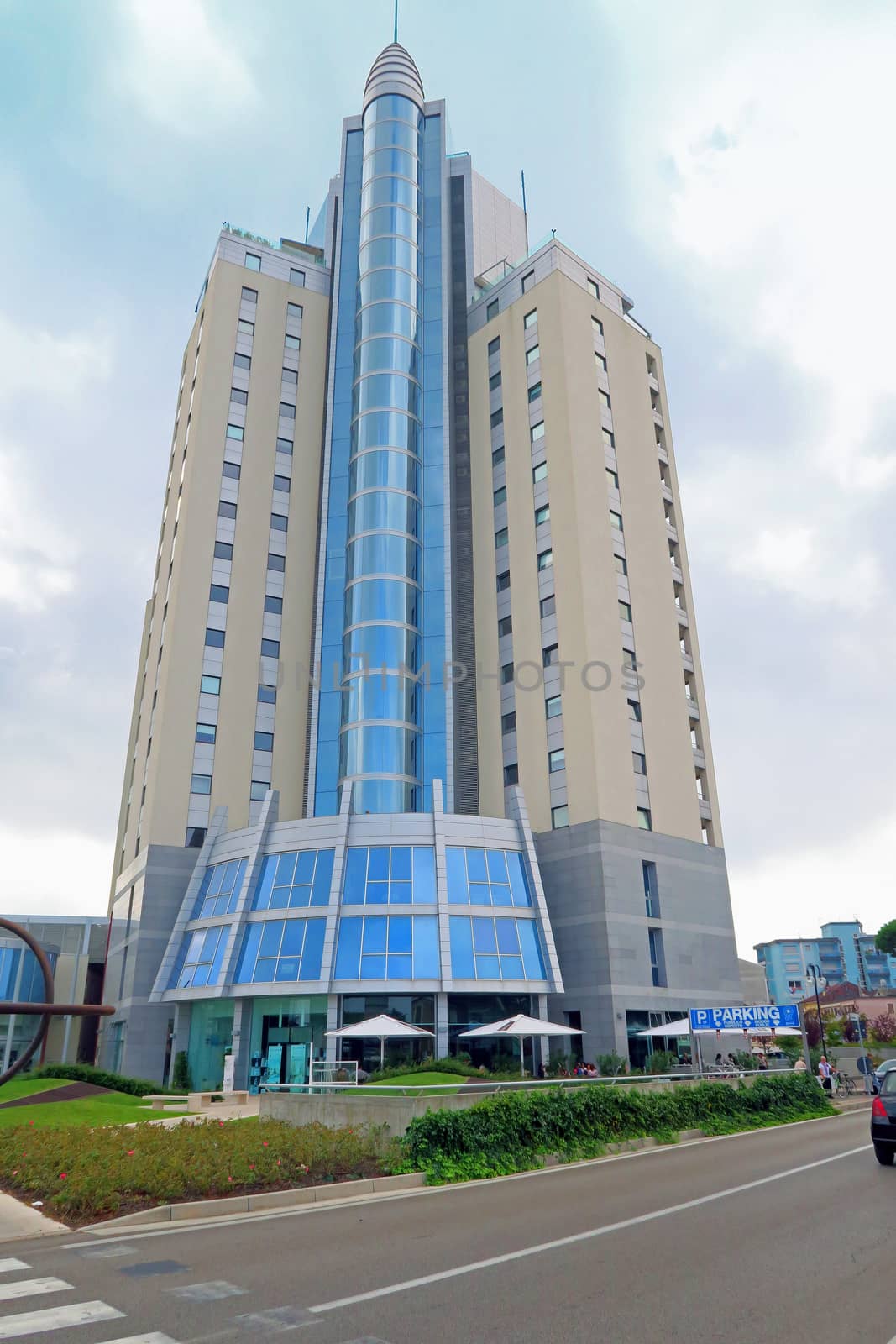
Dragon tower
Stock PhotoUsername
dav76Resolution
3648x5472pxDragon tower

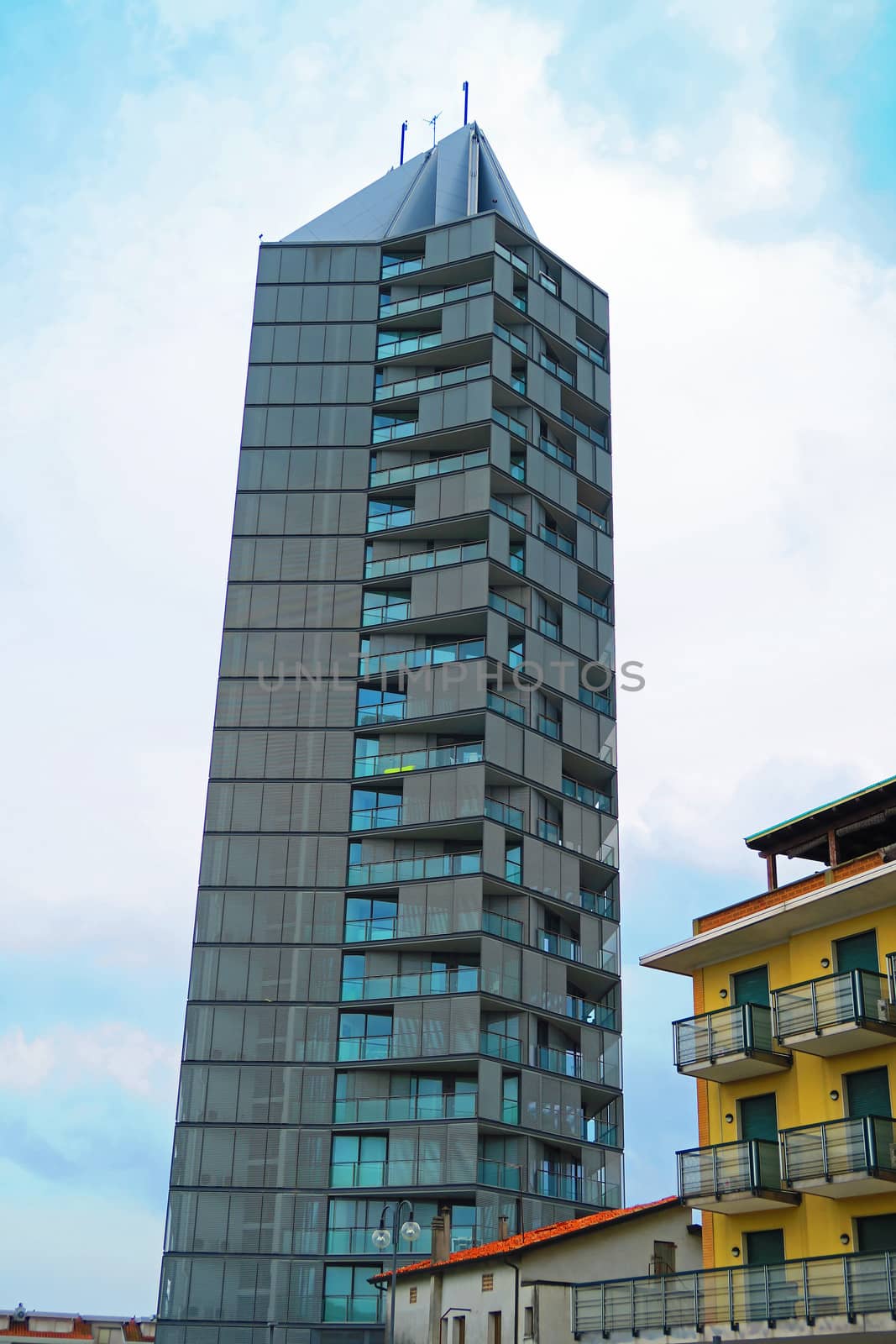
Aquileia tower
Stock PhotoUsername
dav76Resolution
3648x5472pxAquileia tower

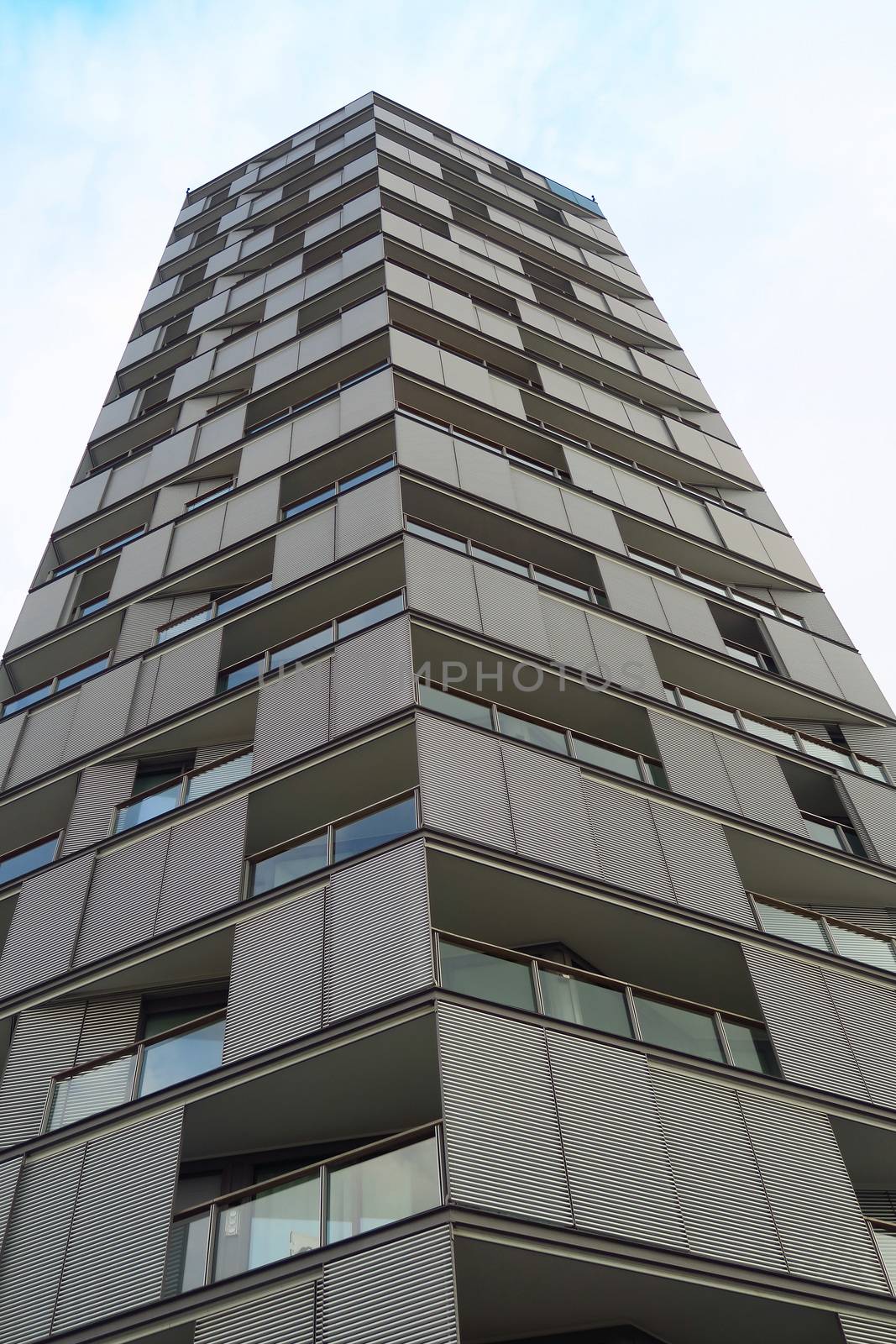
Aquileia tower from below
Stock PhotoUsername
dav76Resolution
3648x5472pxAquileia tower from below


Top of the tower Dragon
Stock PhotoUsername
dav76Resolution
3648x5472pxTop of the tower Dragon
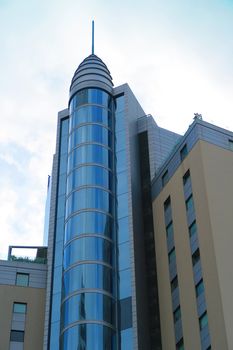
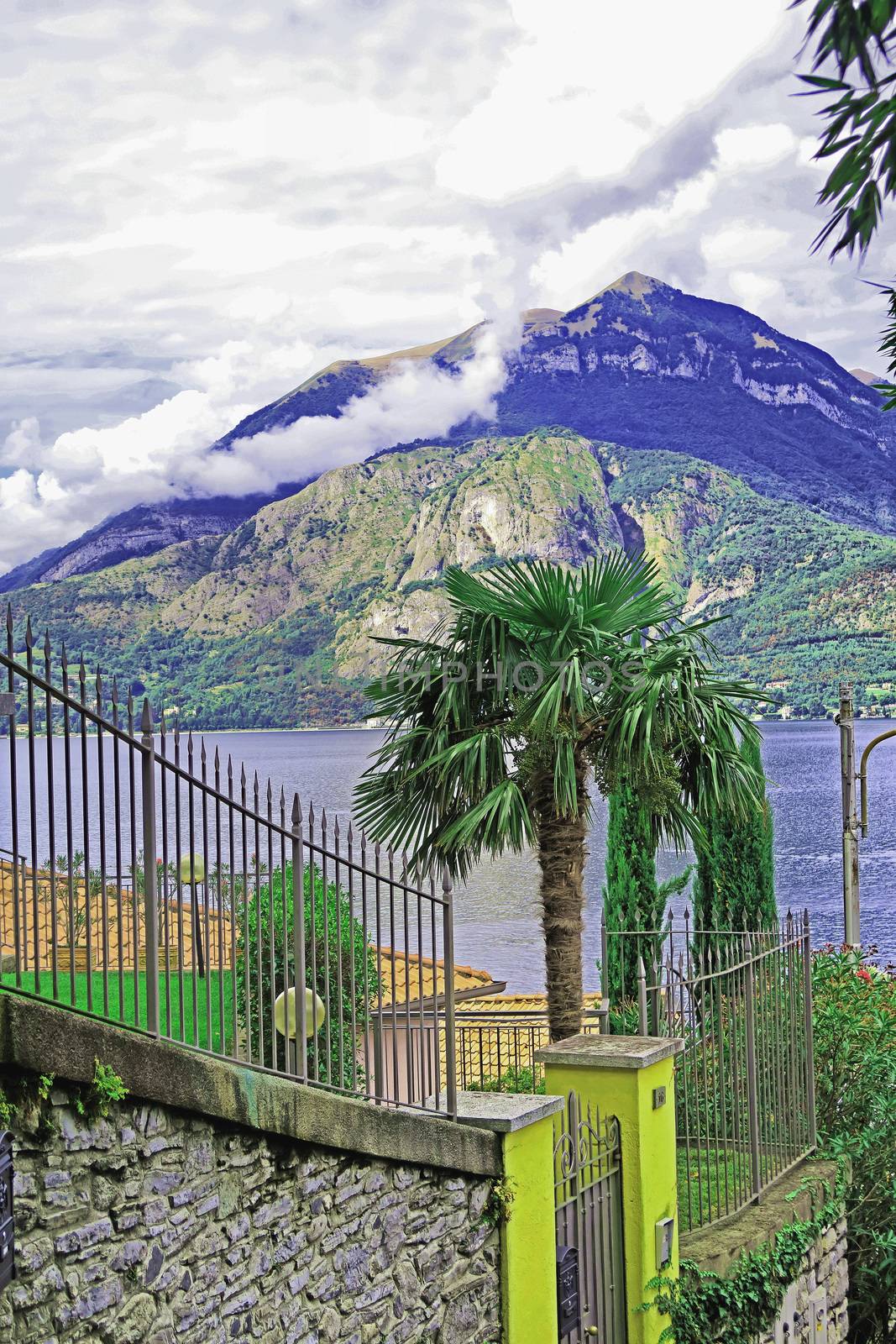
Suggestive view of Lake Como
Stock PhotoUsername
dav76Resolution
3648x5472pxSuggestive view of Lake Como

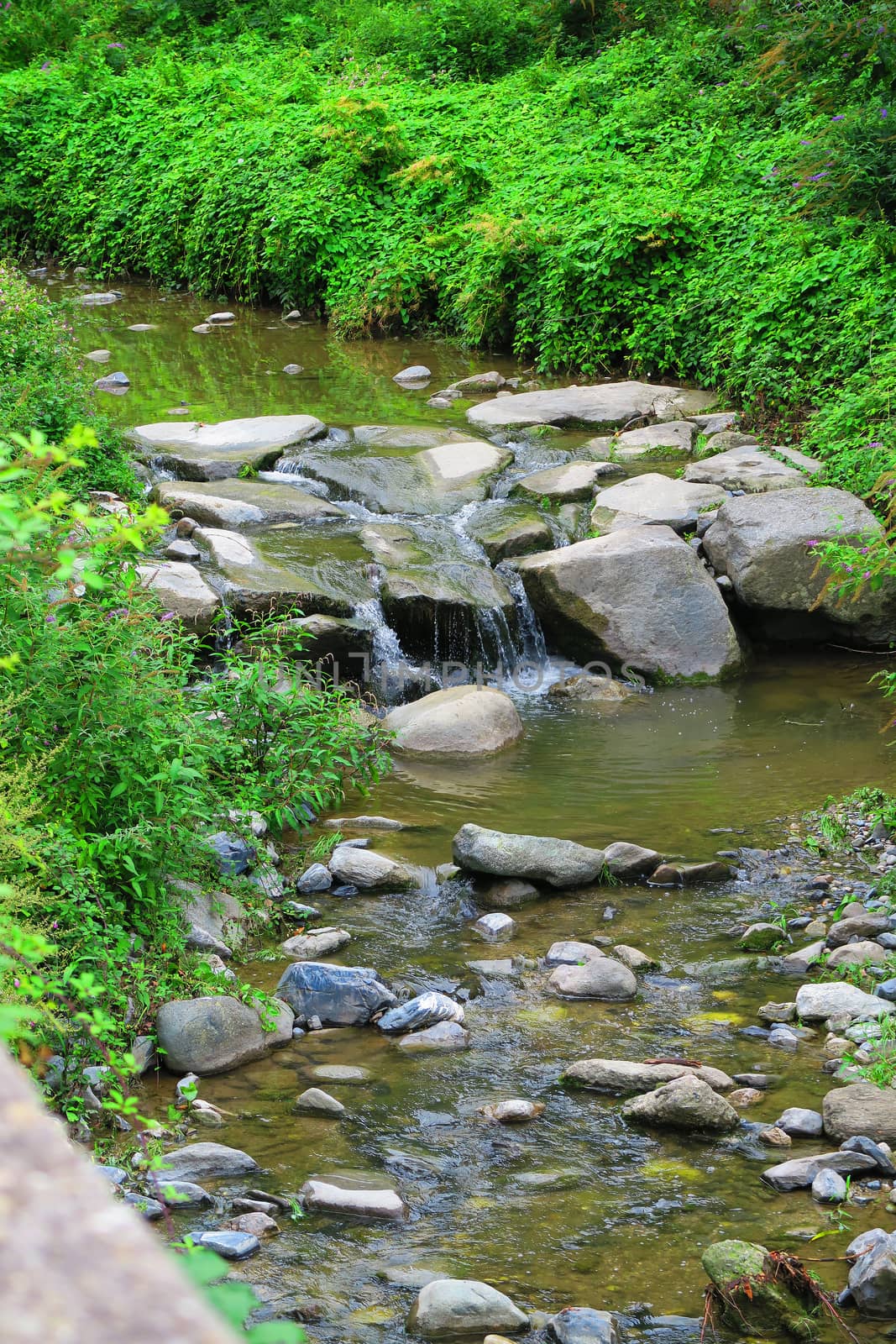
Small stream in the Alps
Stock PhotoUsername
dav76Resolution
3648x5472pxSmall stream in the Alps

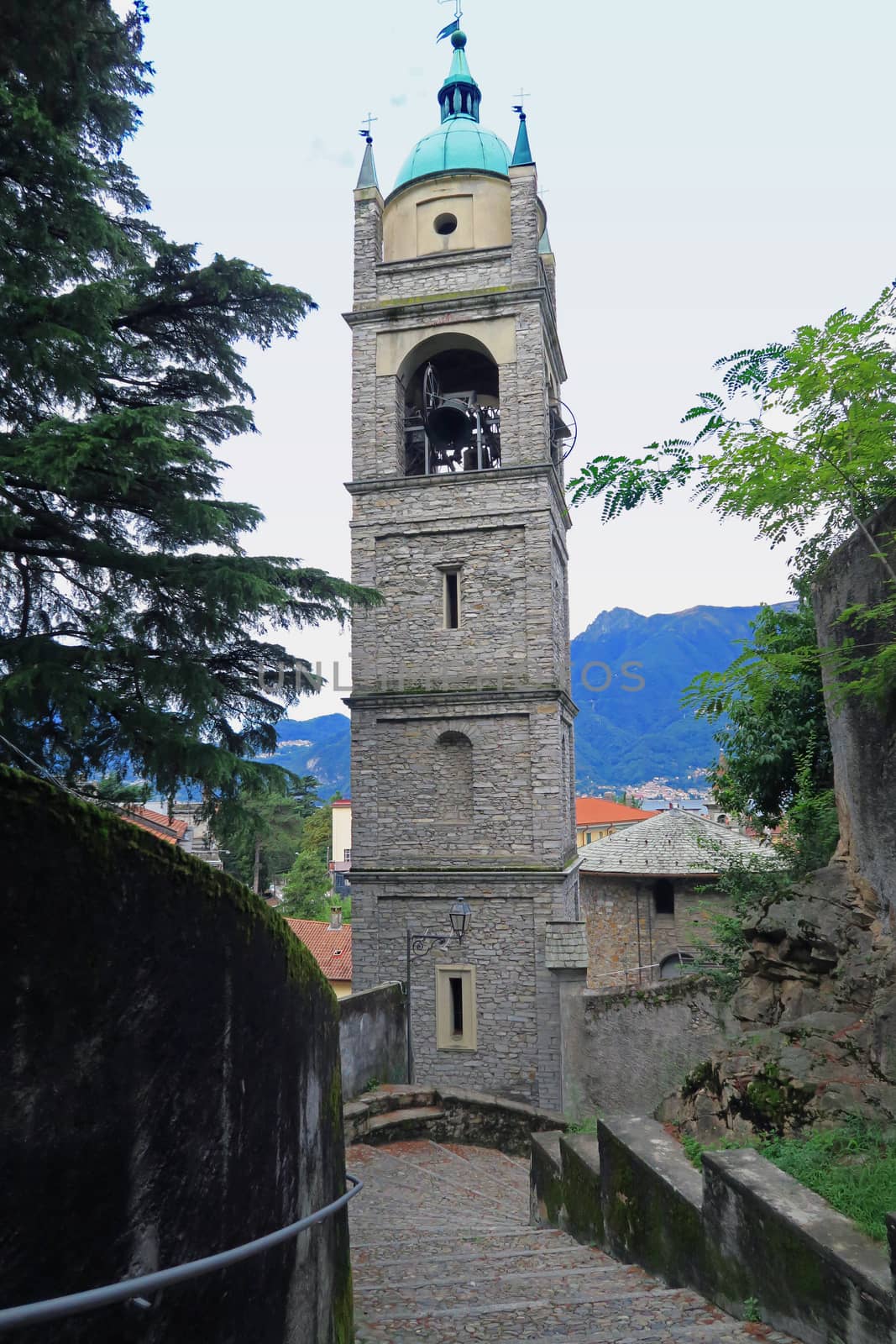
Bell tower
Stock PhotoUsername
dav76Resolution
3648x5472pxBell tower

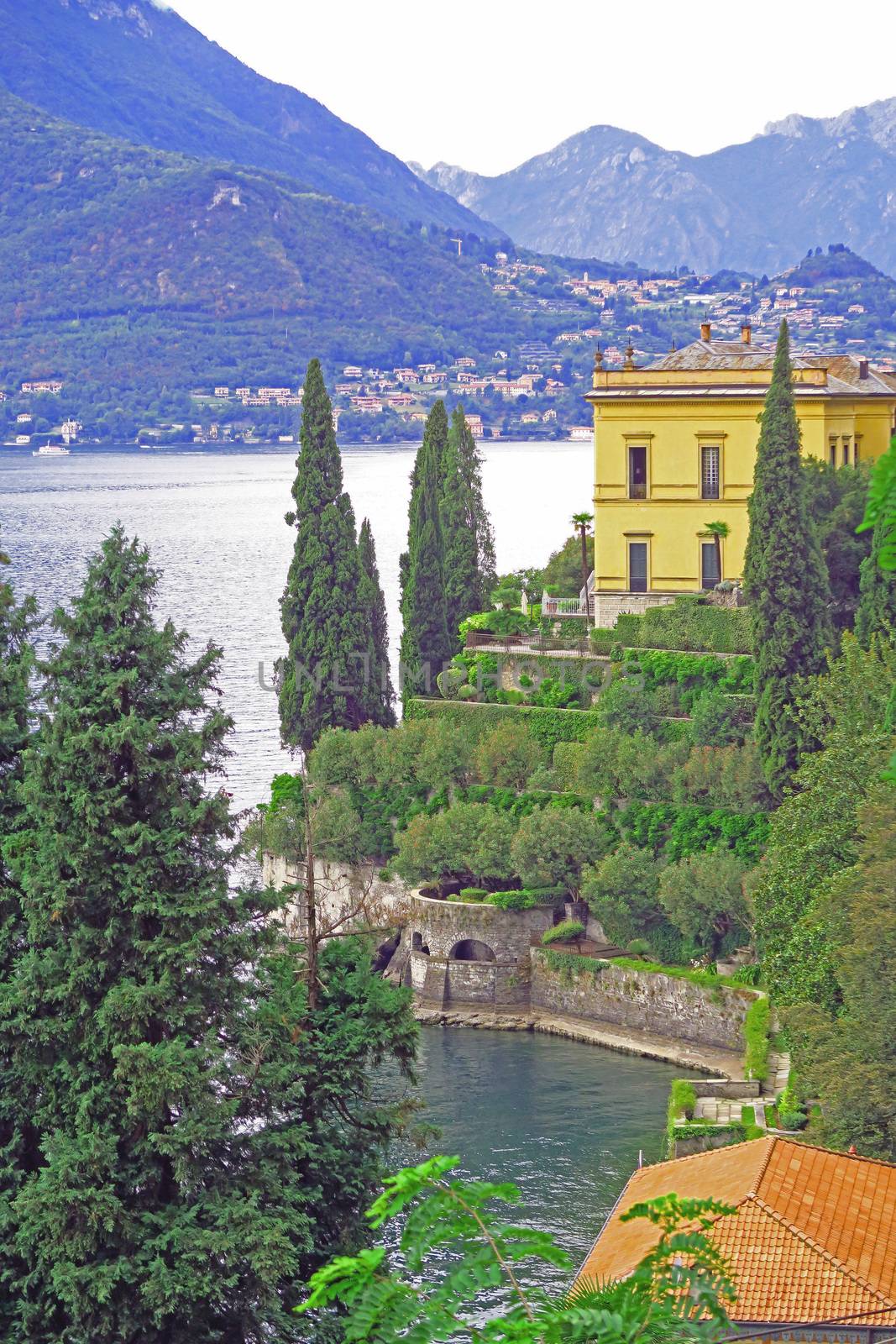
Magnificent villa on Como lake
Stock PhotoUsername
dav76Resolution
3648x5472pxMagnificent villa on Como lake

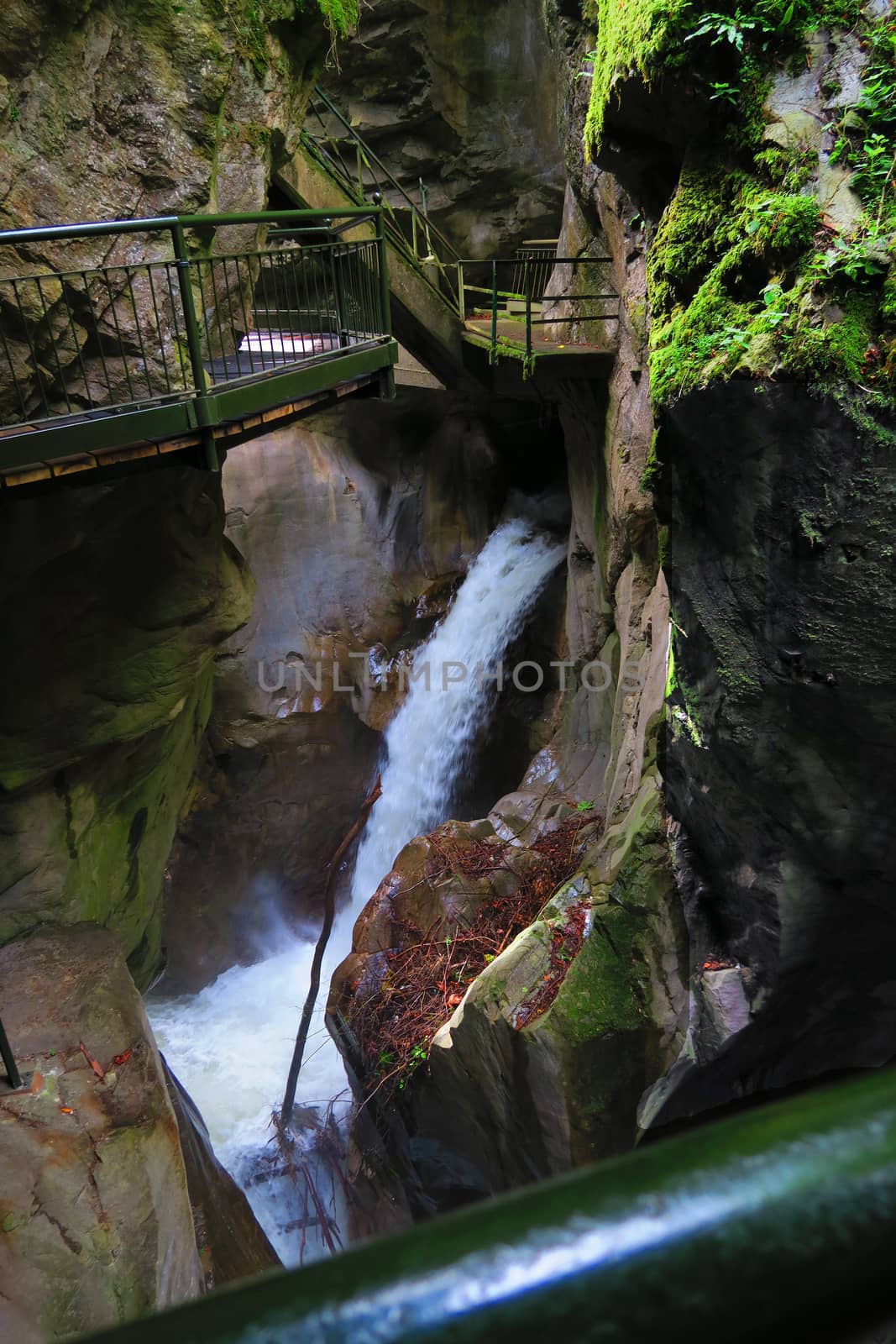
Bellano gorge
Stock PhotoUsername
dav76Resolution
3648x5472pxBellano gorge

